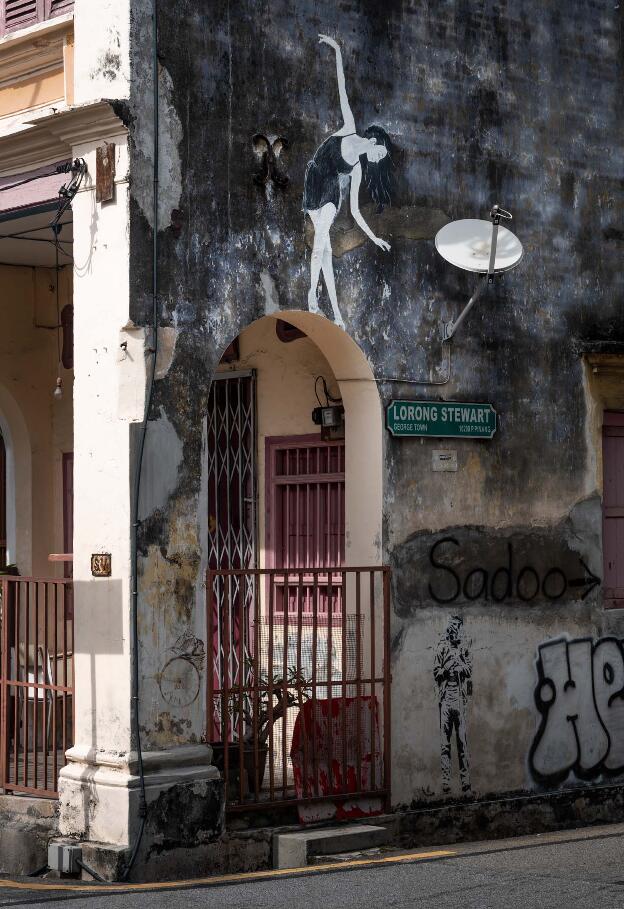Malaysia 23
16 days travelling around Malaysia. There is not much signs of old history like in Cambodia or Java. Visible historical sites are mostly influenced by a first wave of colonialization by the Chinese, after they began trade with India in the 10th century and the Strait of Malacca became busy. The Chinese sent men who would marry local women and form the ruling circle of these colonies, their descendents called Baba-Nyonya. This was the birth of Peranakan culture, especially in the dominant Peranakan centres of Malacca, Singapore, Penang, Phuket and Tangerang, and it is characterized by its unique hybridization of ancient Chinese culture with the local cultures of the Nusantara region, the result of a centuries-long history of transculturation and interracial marriage. From around 1400 Islam spread in Malaysia, and is nowadays the dominant religion. The Malacca Sultanate ruled over the Strait of Malacca between 1400 and 1511, then the Portuguese came and took over, later the Dutch, then the British. In 1957, Malaysia became independent, in 1963 Singapore became part of it, but was expelled in 1965 due to its strong Chinese culture.
We took a bus from Singapore to Malacca, stayed two nights, then spent two nights in Kuala Lumpur, then two in Cameron Highlands, mostly for the tea plantation, enjoying the cooler mountain climate. Then Ipoh exposed some impressive Buddhist temples, and many beautiful murals. By nightbus we reached the east coast and took a boat to the smaller Perhentian Island, to chill on the beautiful Keranji beach and snorkel a bit. Last destination was Penang, back on the west coast, for a great variety of food and some culture.
- Baba Nyonya Tiffin Carrier - how the nyonyas packed lunch for their husbands
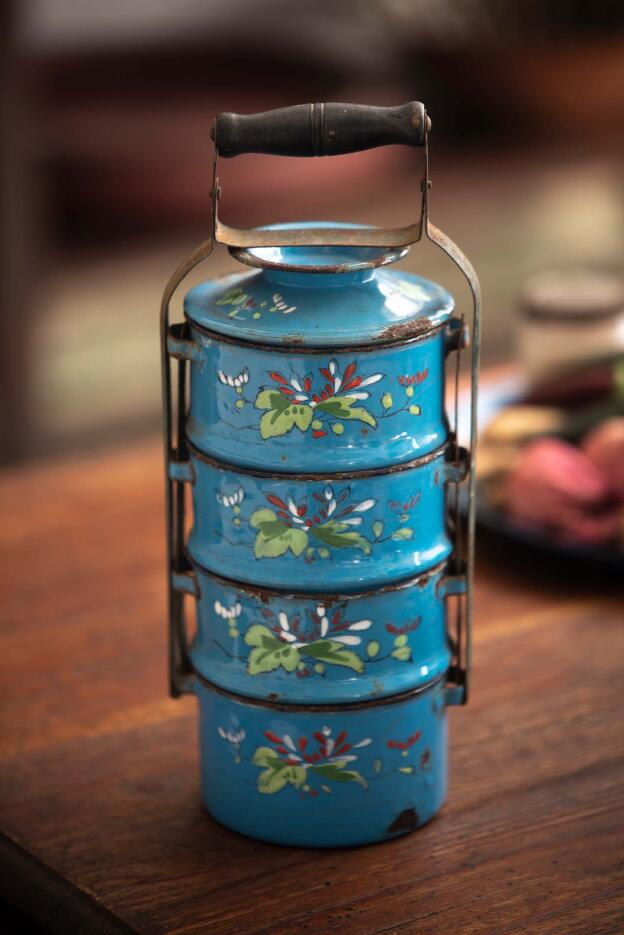
- House temple inside Baba Nyonya Heritage Museum, Malacca
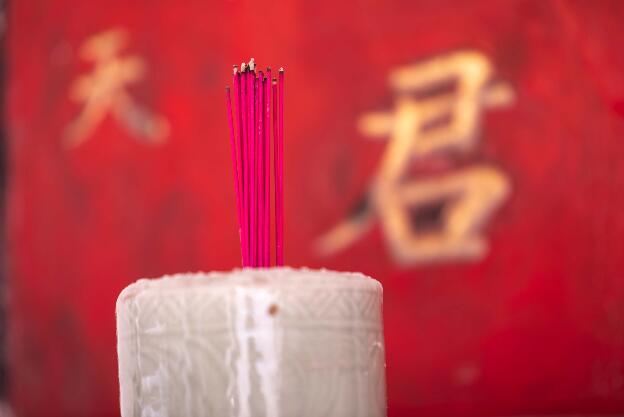
- Display at Baba Nyonya Heritage Museum, Malacca
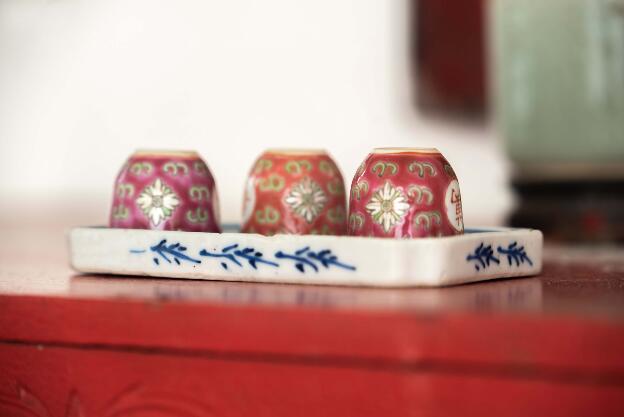
- Display at Baba Nyonya Heritage Museum, Malacca
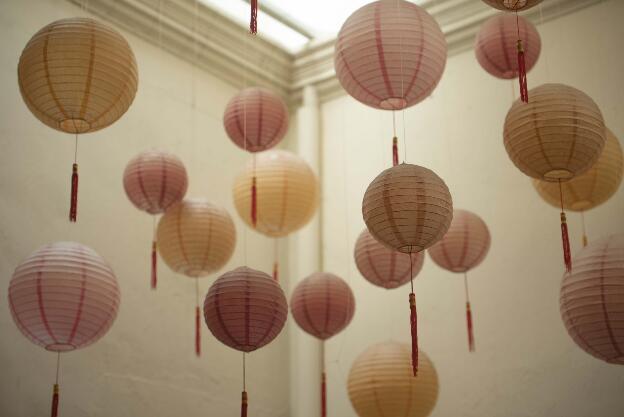
- Malacca food market off Jalan Bunga Raya
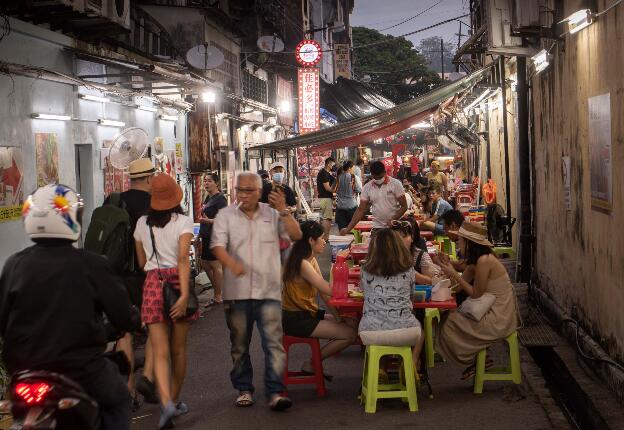
- View into some shop on Jalan Bunga Raya selling stuff for 4 to 8 Euros
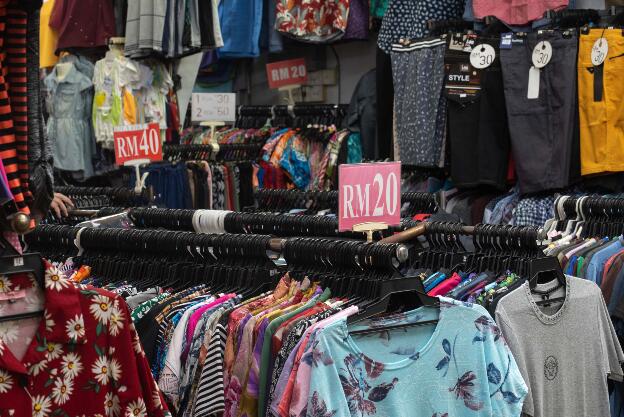
- Masjid Wilayah Persekutuan (The Federal Territory Mosque), Kuala Lumpur
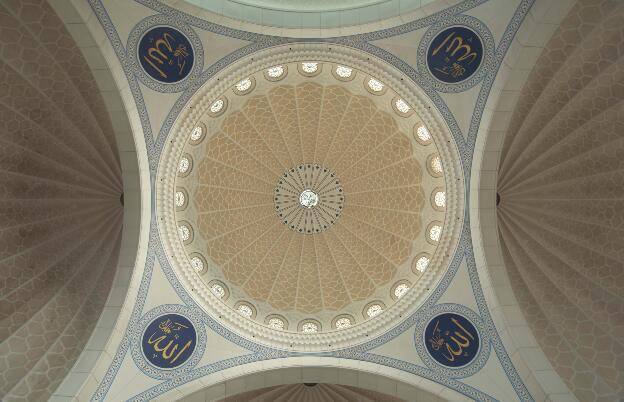
- Masjid Wilayah Persekutuan (The Federal Territory Mosque), Kuala Lumpur
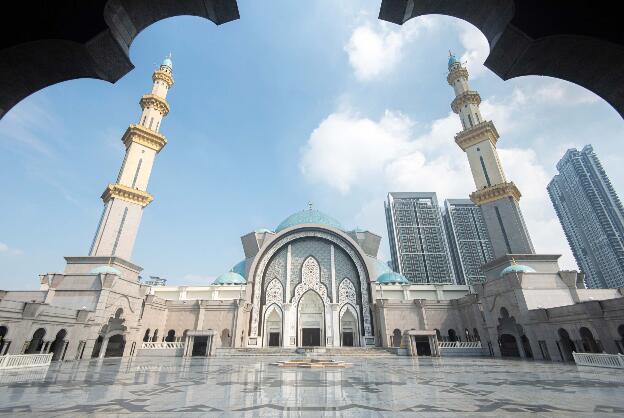
- Masjid Wilayah Persekutuan (The Federal Territory Mosque), Kuala Lumpur
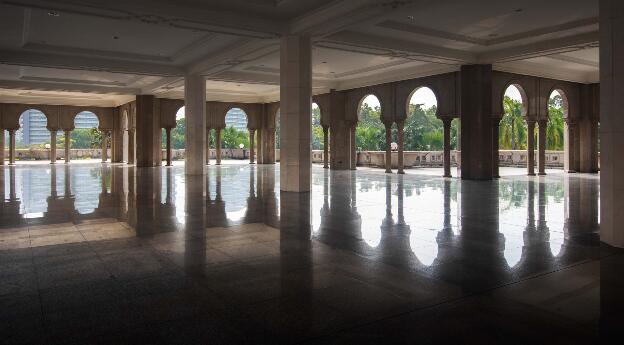
- View from Forest Eco Park to KL tower
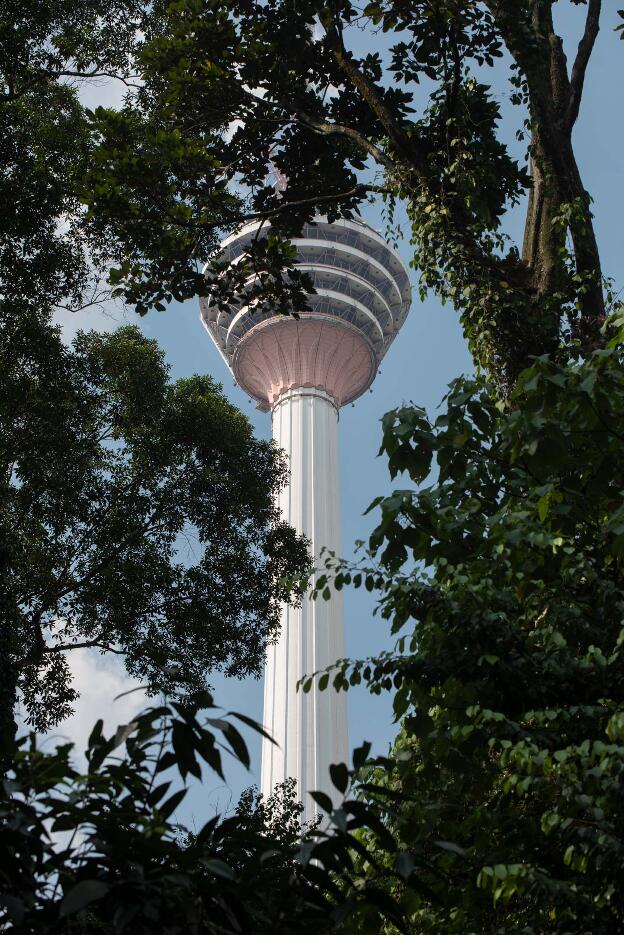
- Cameron Highlands: BOH tea plantation

- Cameron Highlands: BOH tea plantation
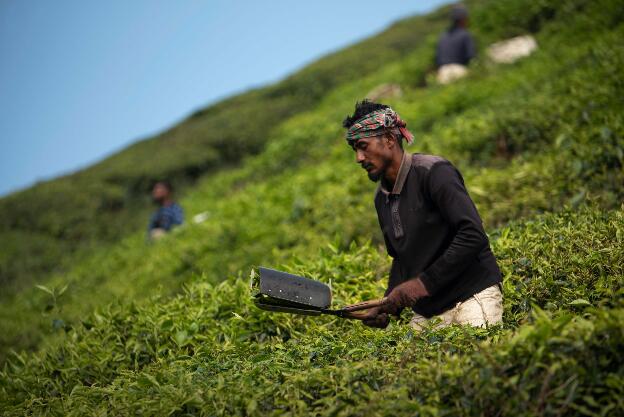
- Cameron Highlands: BOH tea plantation
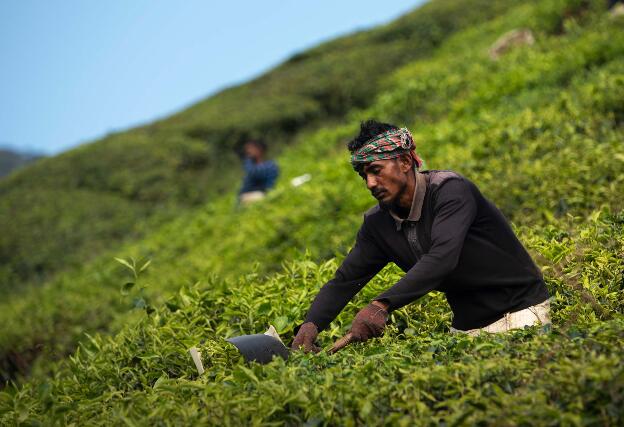
- Cameron Highlands: BOH tea plantation
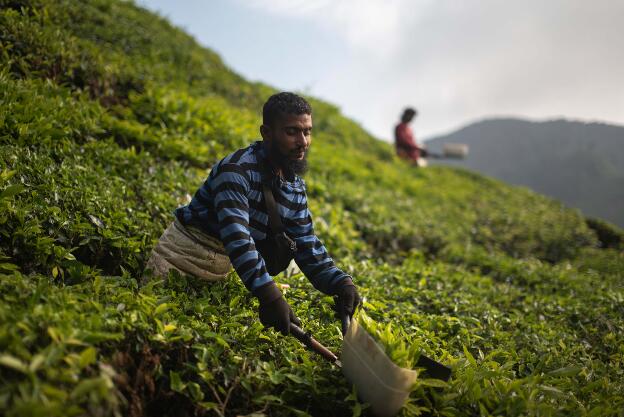
- Cameron Highlands: Mossy Forest
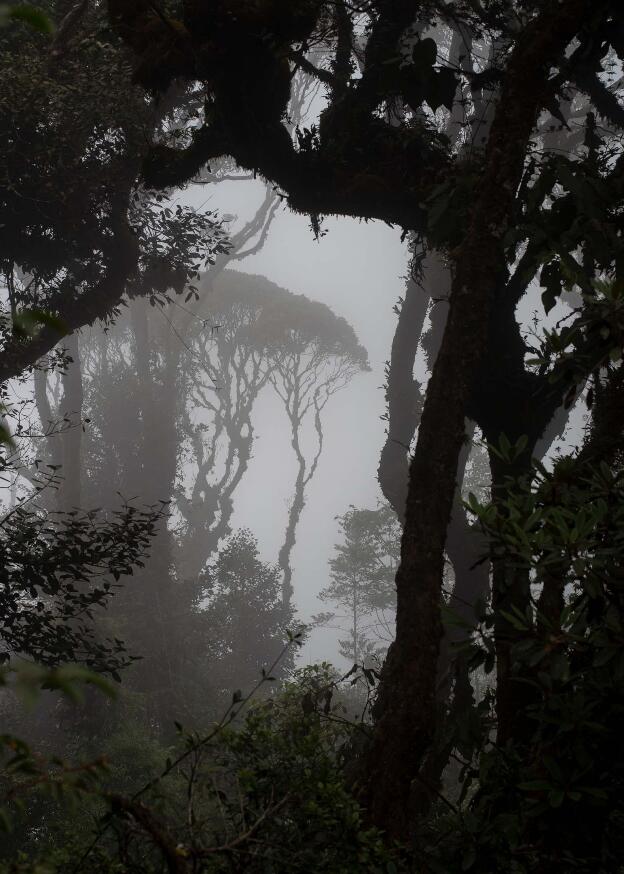
- Cameron Highlands: Mossy Forest
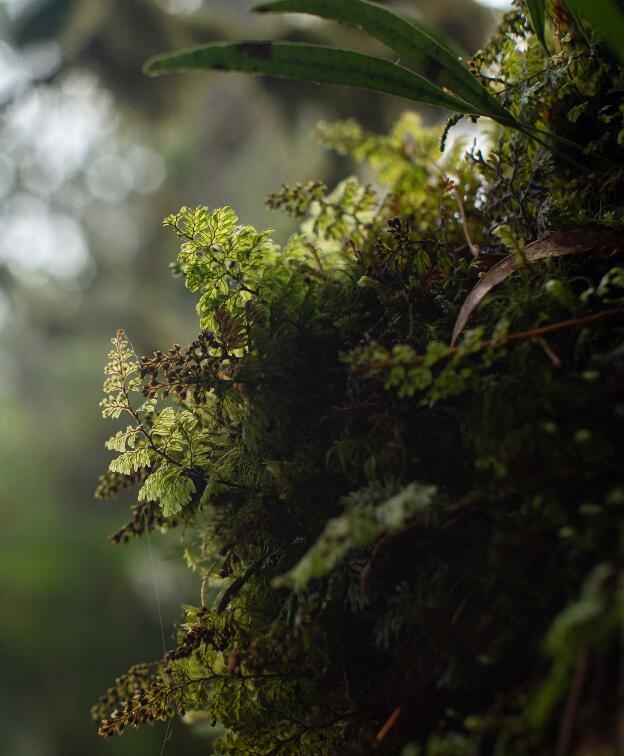
- Cameron Highlands: Mossy Forest
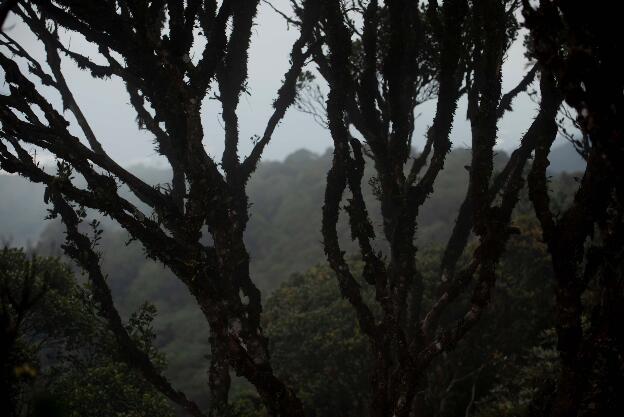
- Cameron Highlands: Mossy Forest
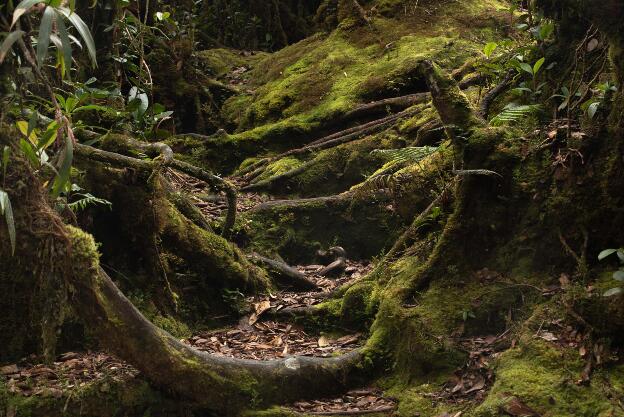
- Cameron Highlands: Prioneris Clemanthe
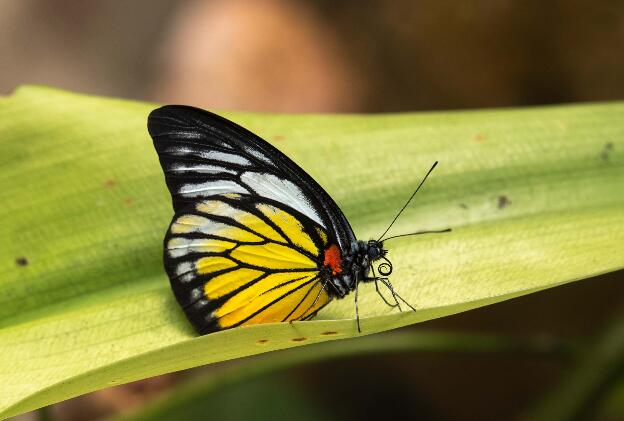
- Cameron Highlands: Jade Vine flower
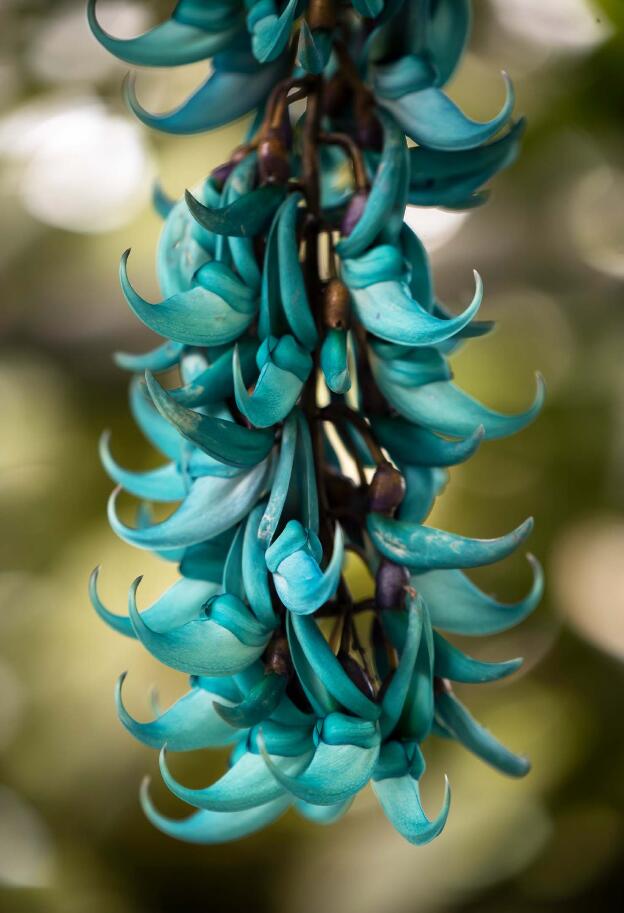
- Cameron Highlands: Cactus
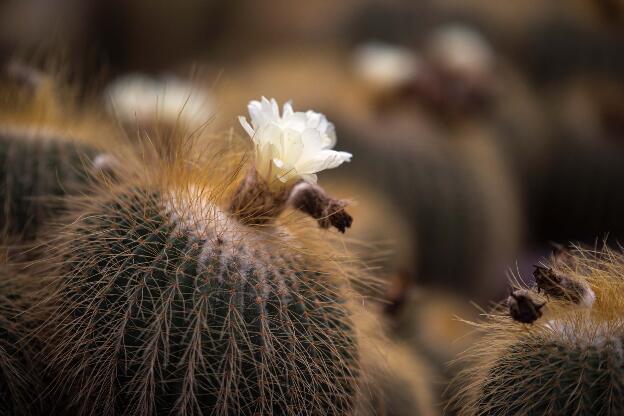
- Cameron Highlands: Cactus
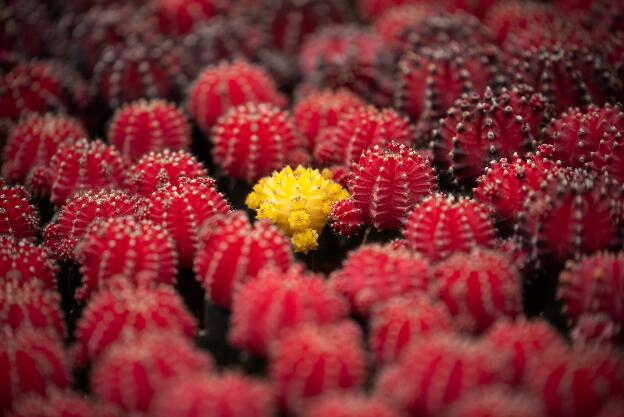
- Cameron Highlands: Corn variation
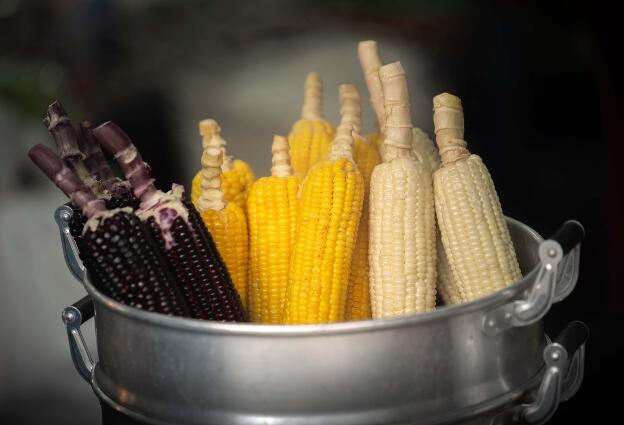
- Cameron Highlands: Tao temple

- Ipoh: Kek Look Tong rock temple - Vending machines in cave

- Ipoh: Kek Look Tong rock temple
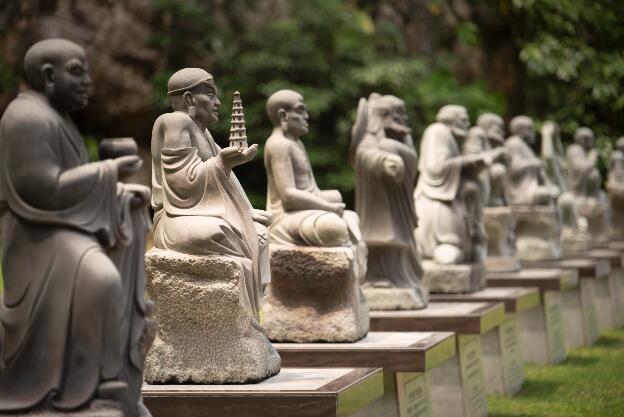
- Ipoh: Perak Guanyin Cave
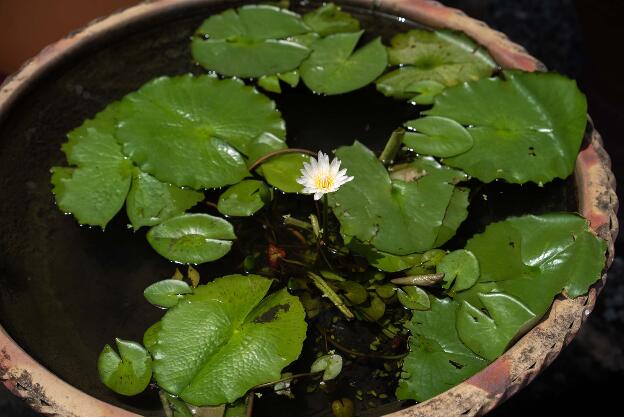
- Ipoh: Perak Guanyin Cave
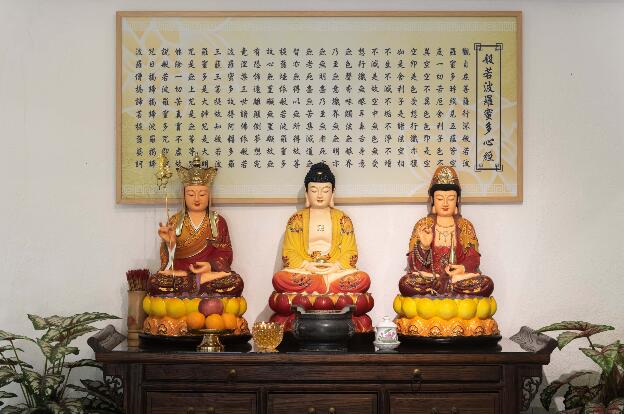
- Ipoh downtown murals

- Ipoh downtown murals
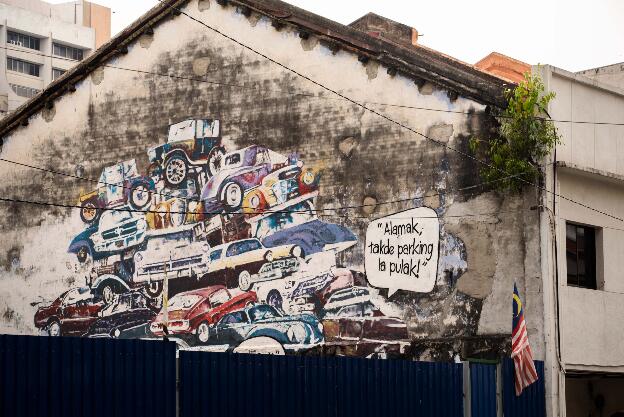
- Ipoh downtown murals
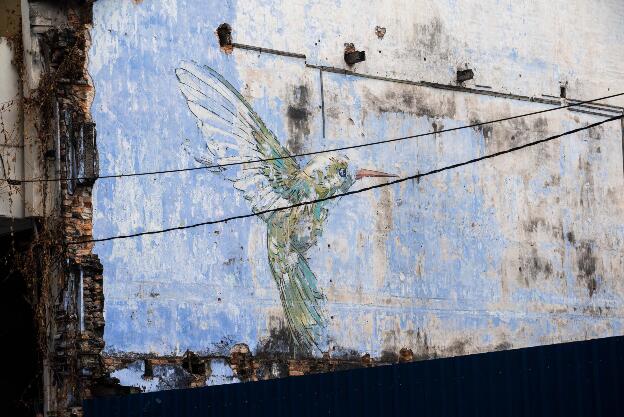
- Ipoh downtown murals
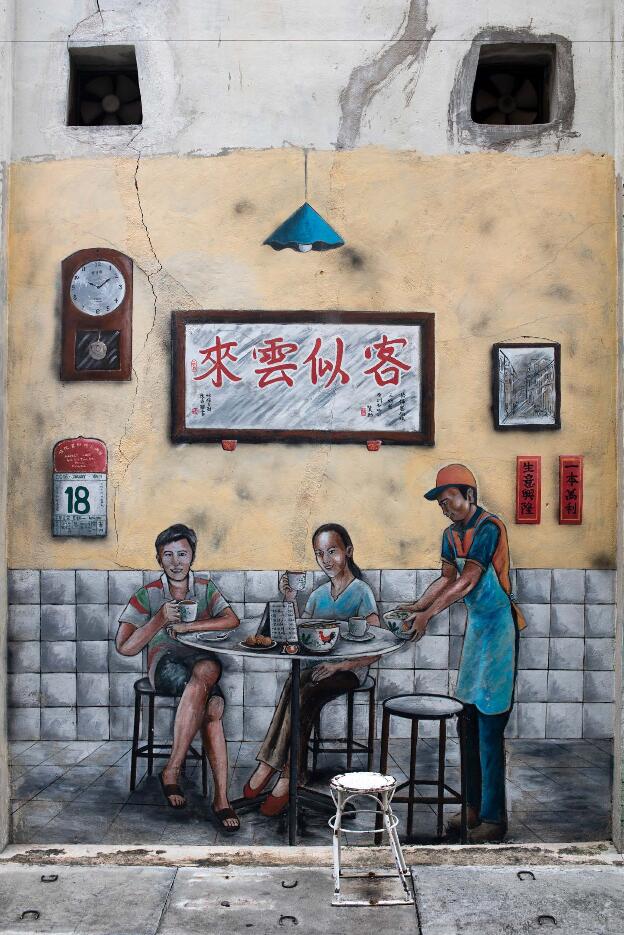
- Ipoh downtown murals
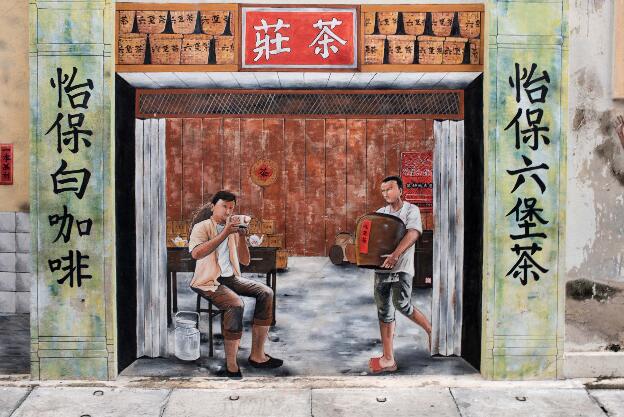
- Ipoh downtown murals
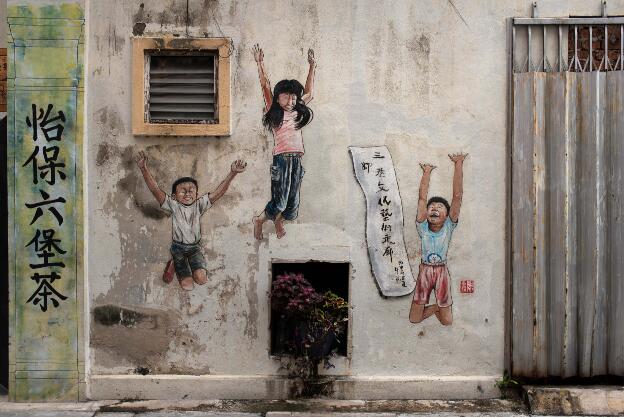
- Ipoh downtown house
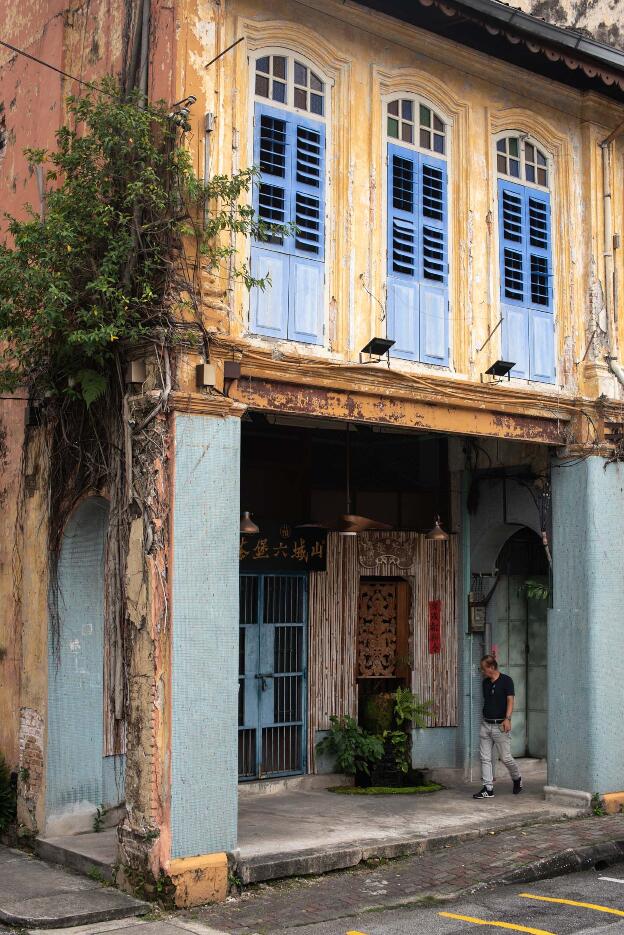
- Ipoh mural arts lane
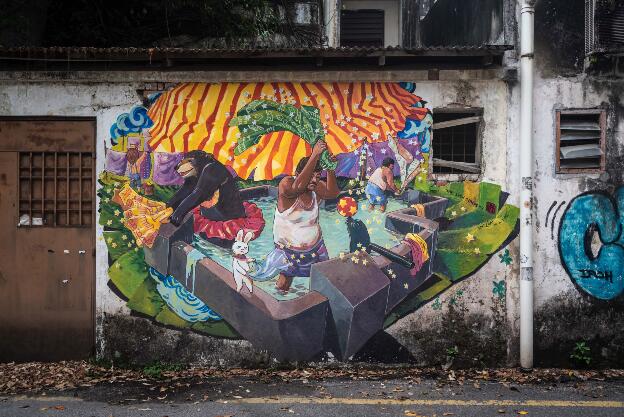
- Ipoh mural arts lane

- Ipoh mural arts lane
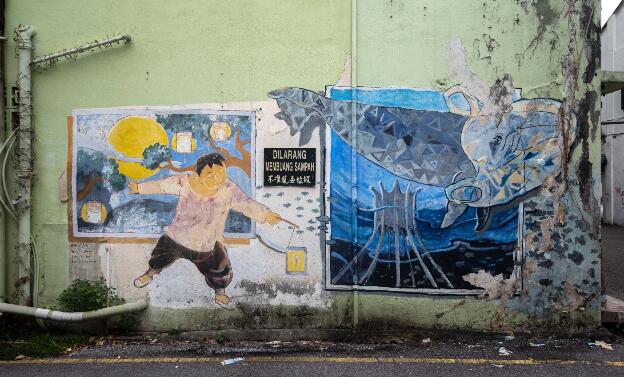
- Ipoh mural arts lane
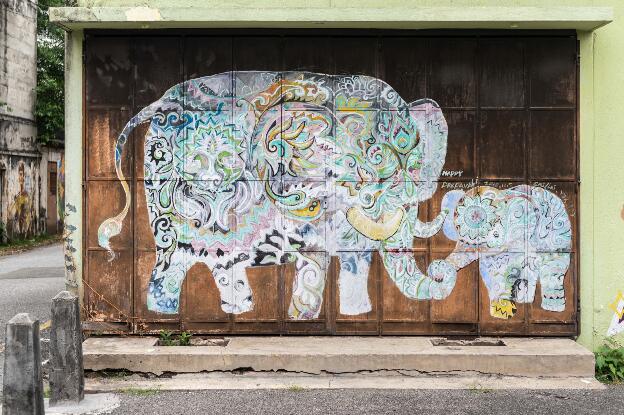
- Ipoh mural arts lane
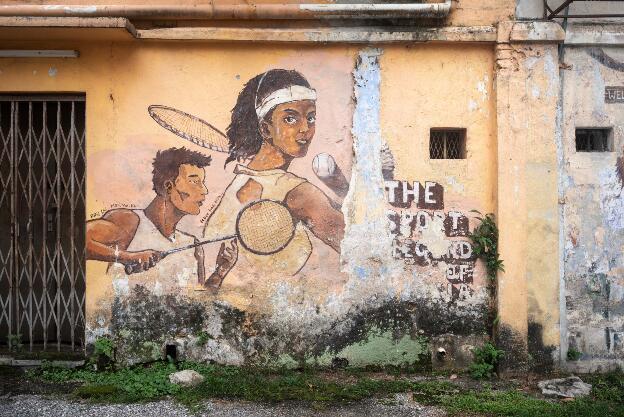
- Ipoh mural arts lane
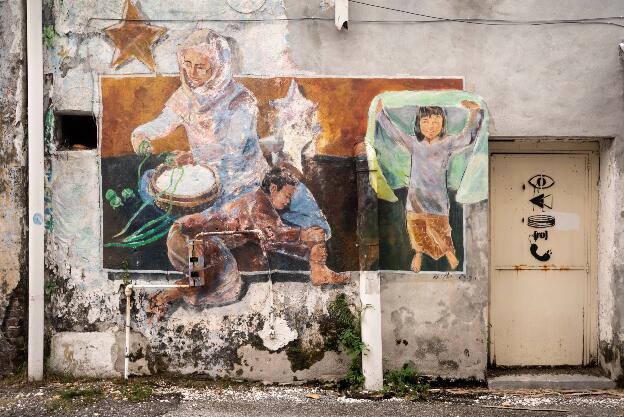
- Ipoh mural arts lane
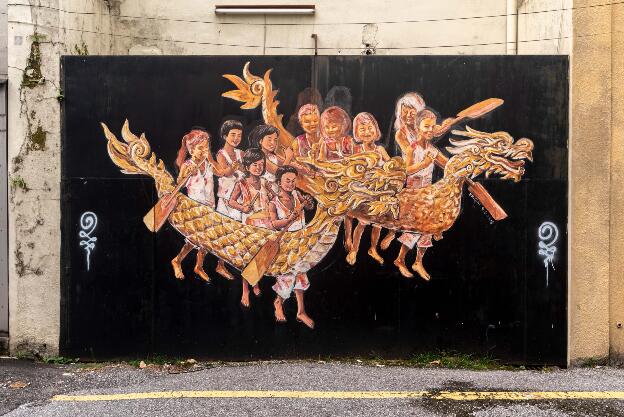
- Ipoh mural arts lane
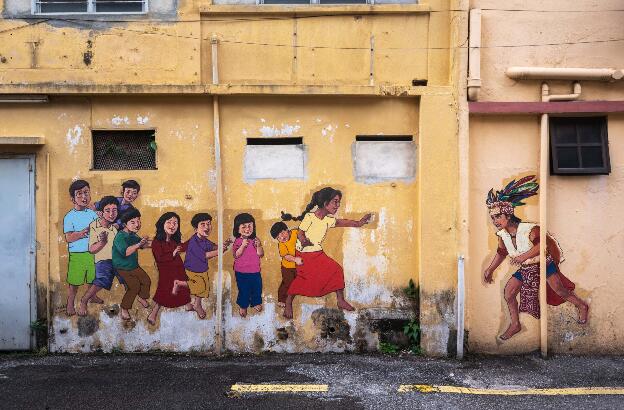
- Ipoh mural arts lane: The Time Line
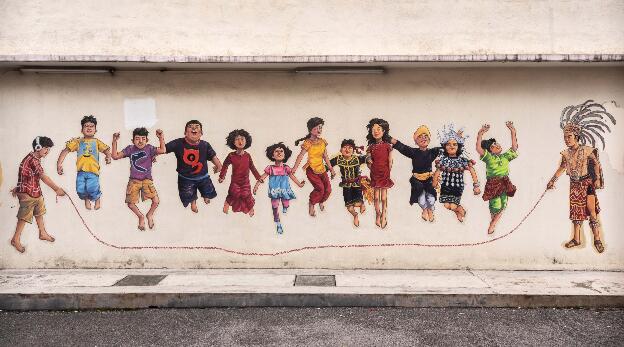
- Ipoh mural arts lane
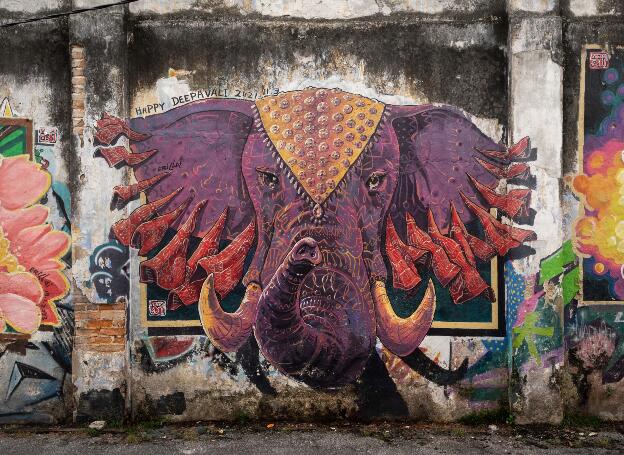
- Ipoh mural arts lane
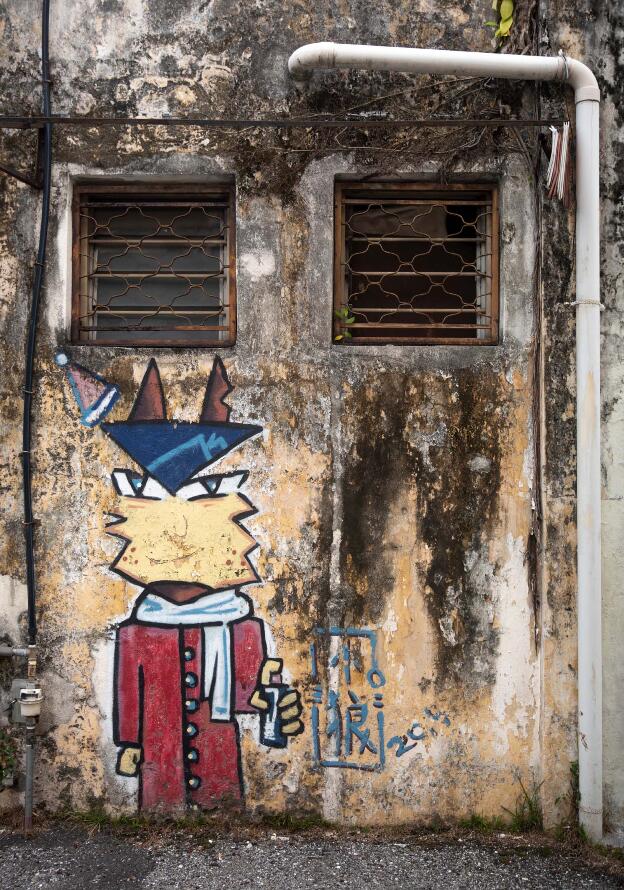
- Ipoh mural arts lane
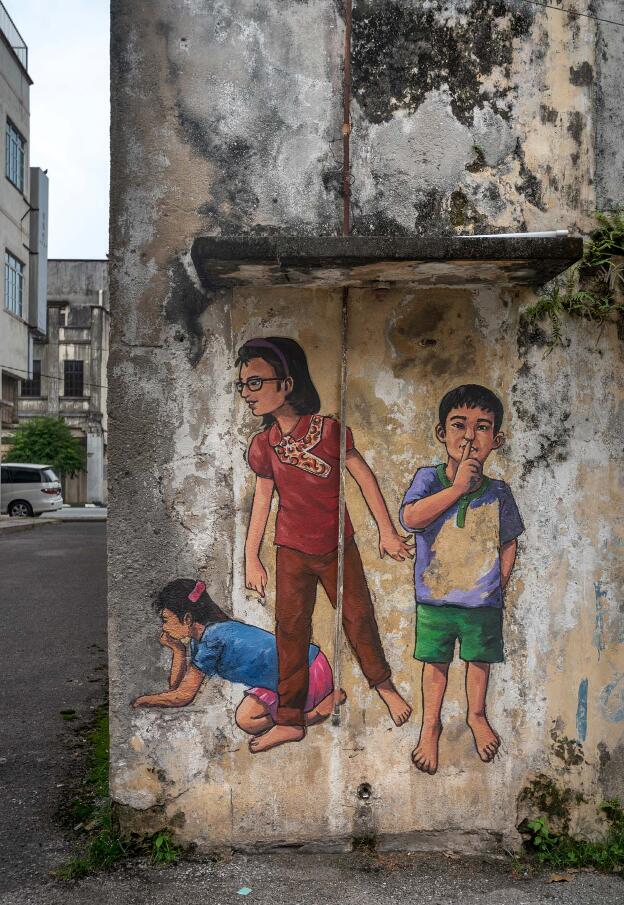
- Ipoh mural arts lane
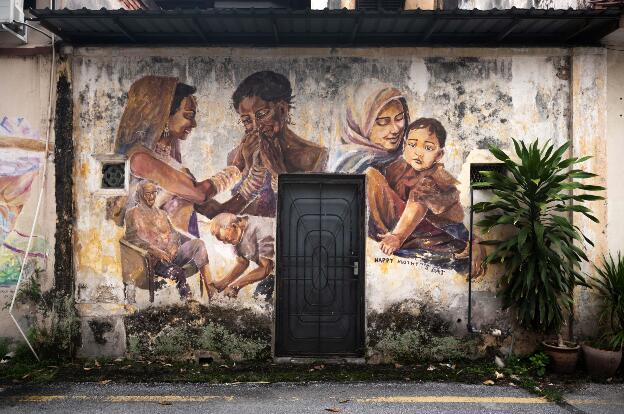
- Ipoh mural arts lane

- Ipoh mural arts lane
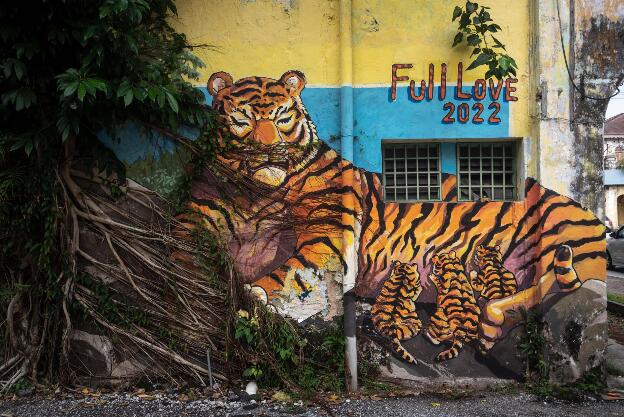
- Ipoh mural arts lane
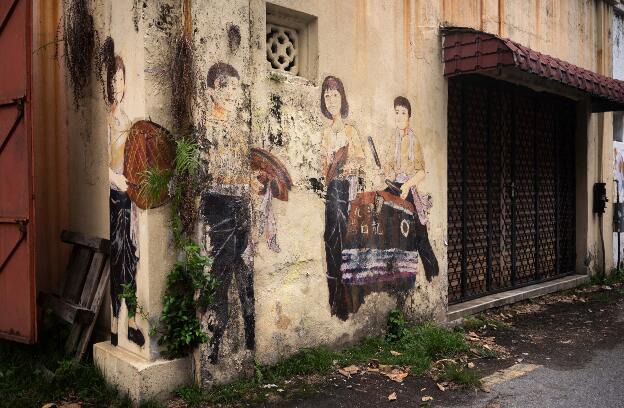
- Ipoh mural arts lane
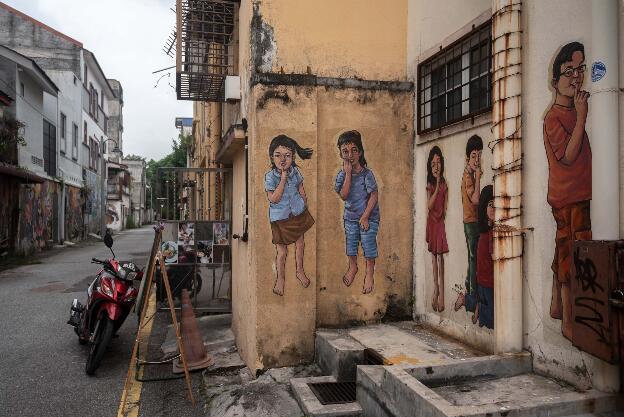
- Ipoh mural arts lane
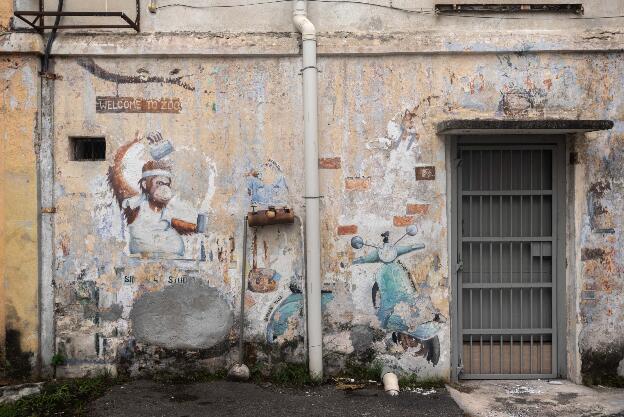
- Ipoh mural arts lane
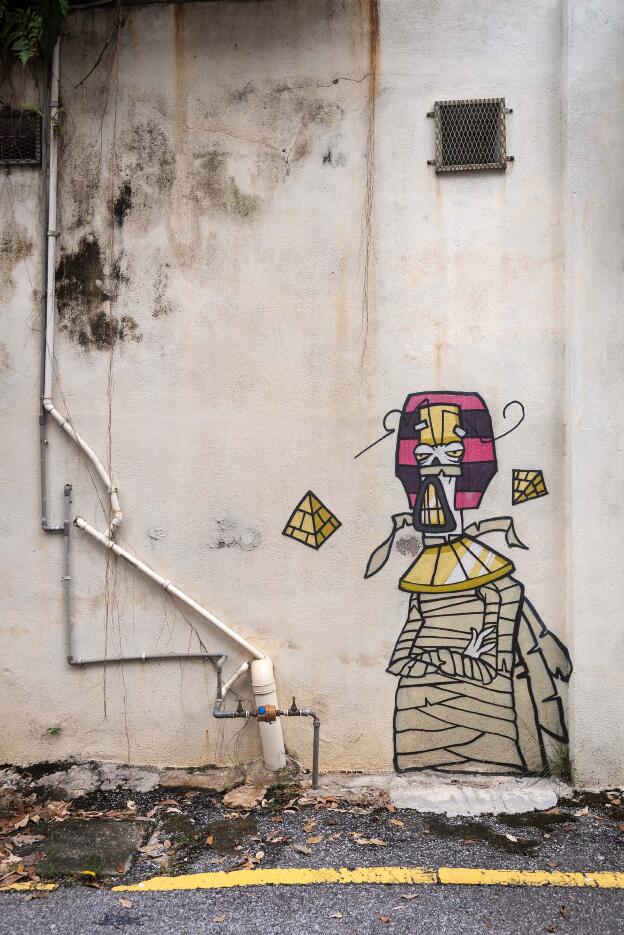
- Ipoh downtown murals
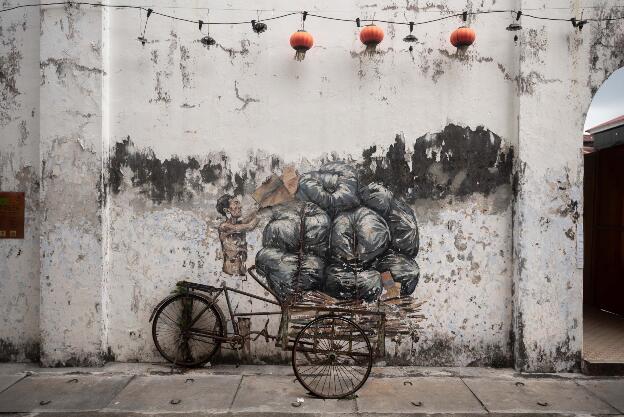
- Ipoh mural arts lane
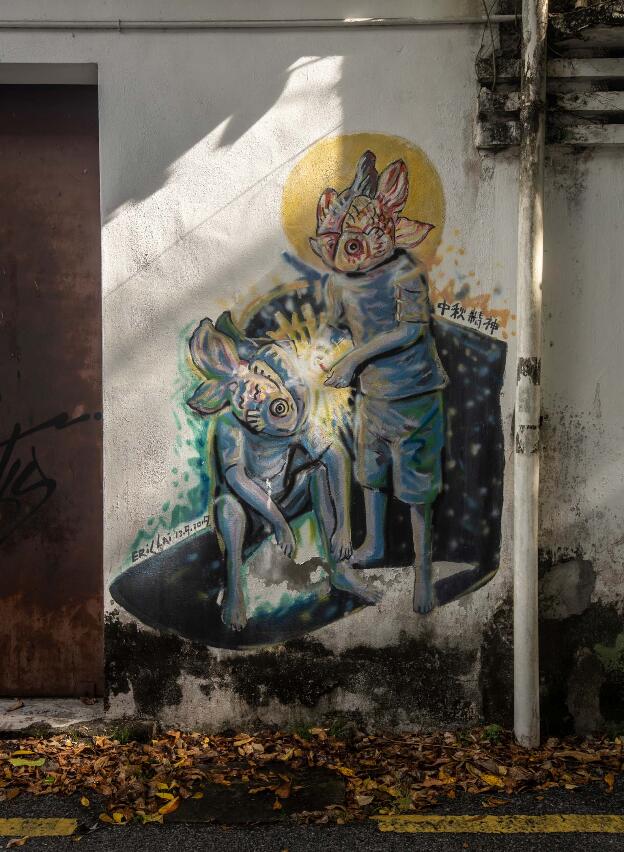
- Ipoh mural arts lane
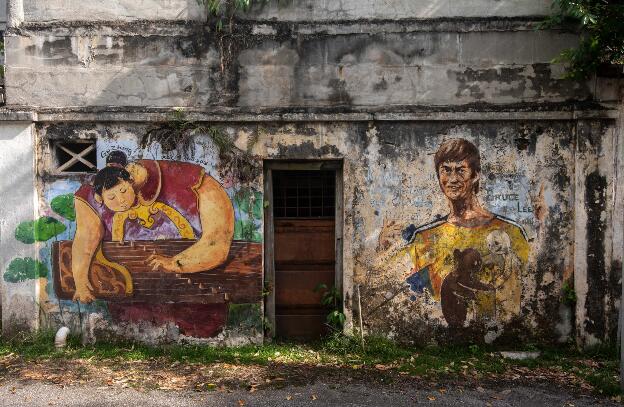
- Ipoh mural arts lane
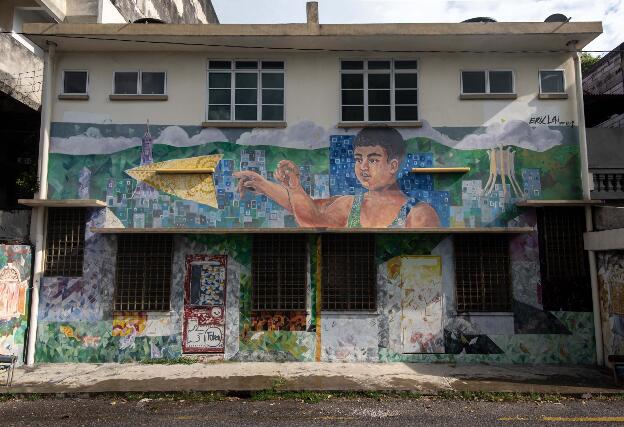
- Ipoh building
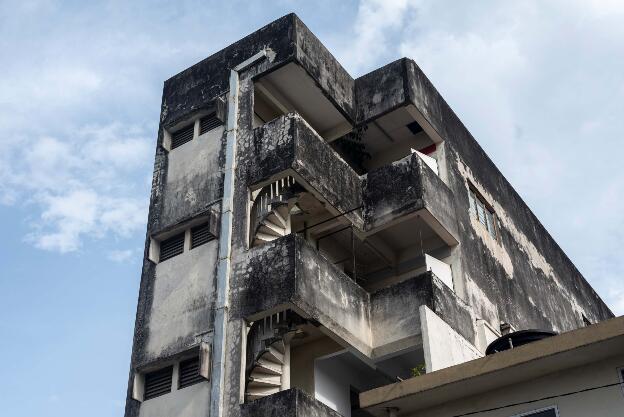
- Ipoh mural arts lane
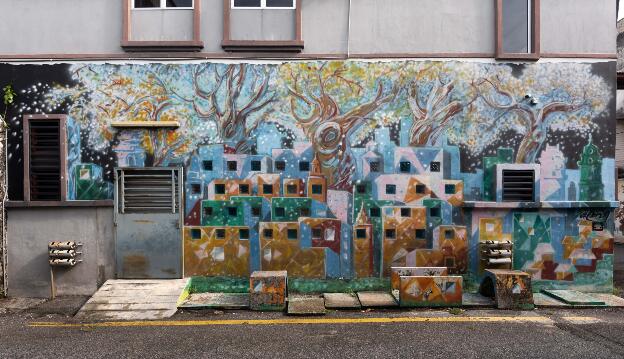
- Ipoh mural arts lane
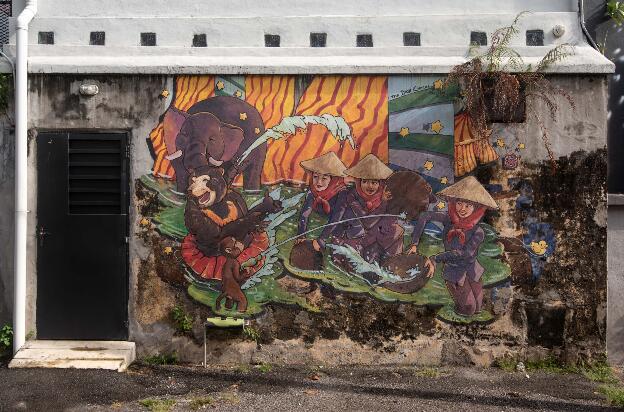
- Ipoh mural arts lane

- Ipoh mural arts lane
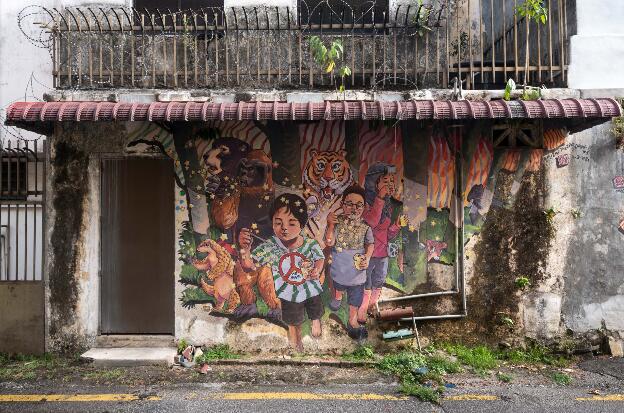
- Ipoh mural arts lane
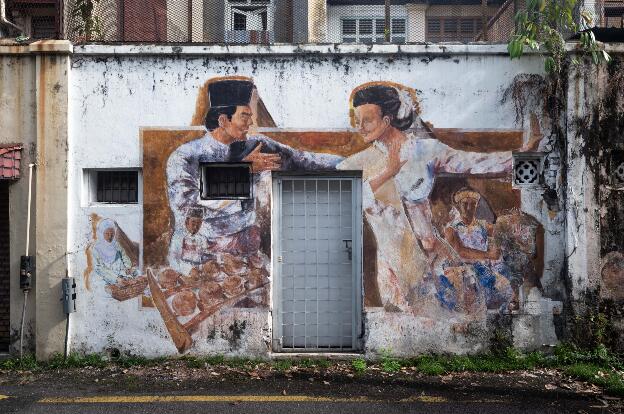
- Ipoh mural arts lane
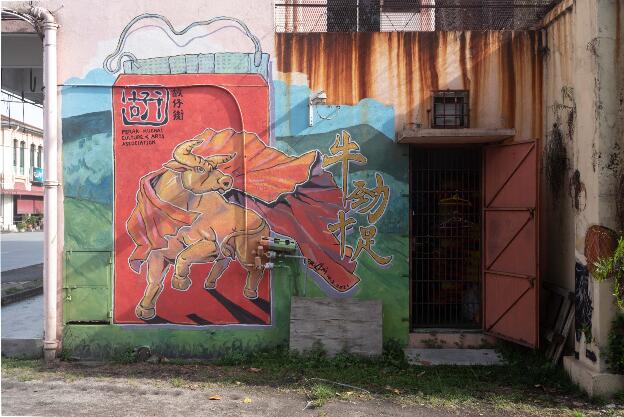
- Ipoh White Coffee Cafe mural
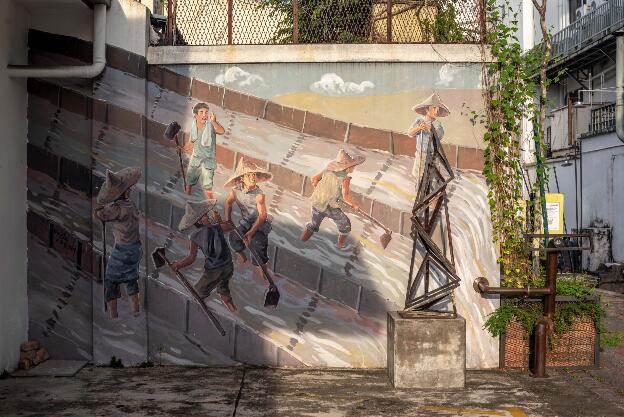
- Ipoh downtown mural
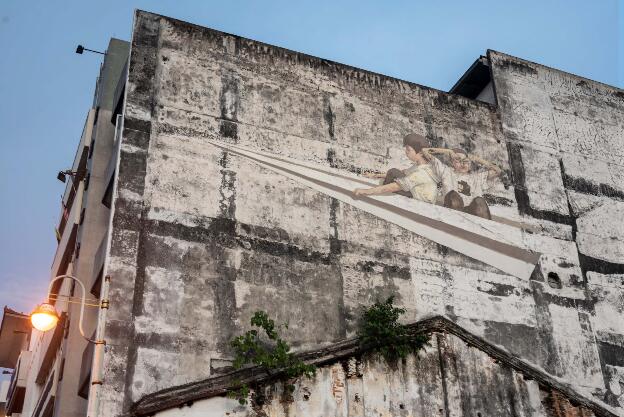
- Ipoh building

- Keranji Beach, Perhentian Islands
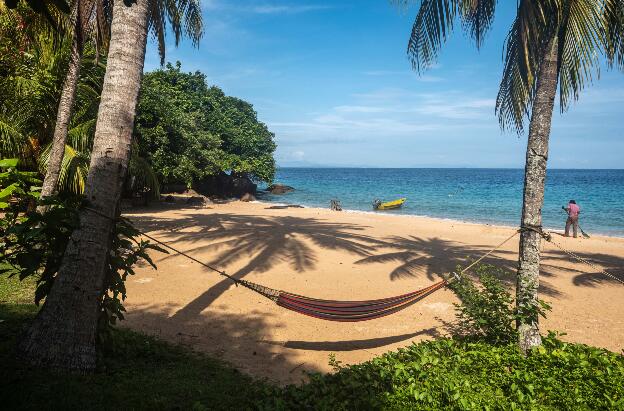
- Keranji Beach, Perhentian Islands
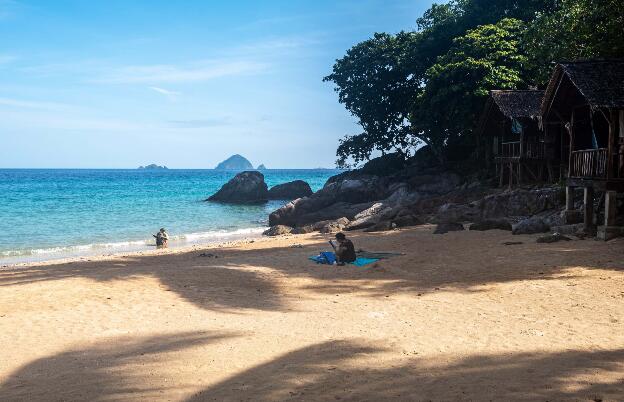
- Keranji Beach, Perhentian Islands
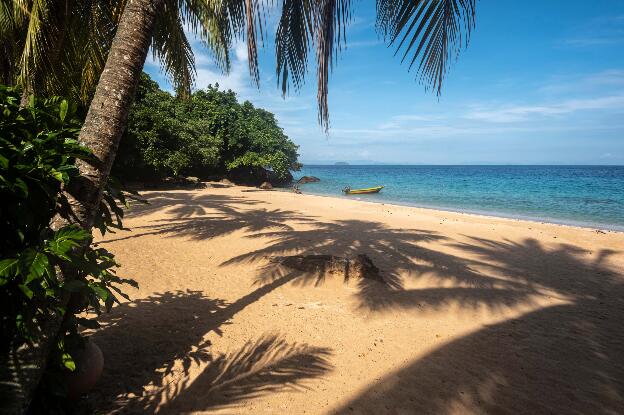
- Keranji Beach, Perhentian Islands
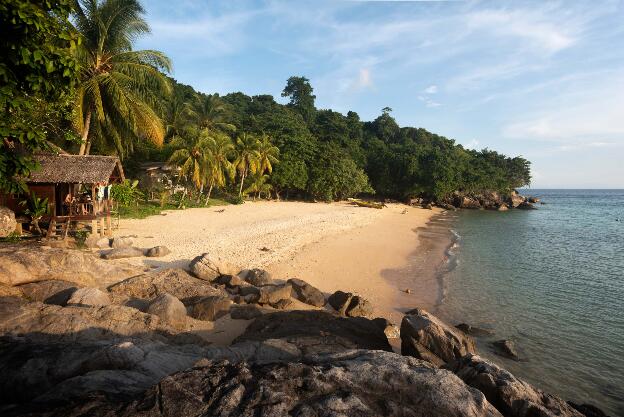
- Keranji Beach, Perhentian Islands
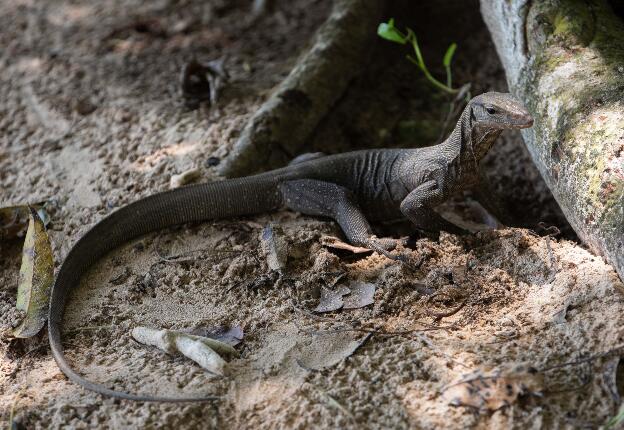
- Perhentian Islands
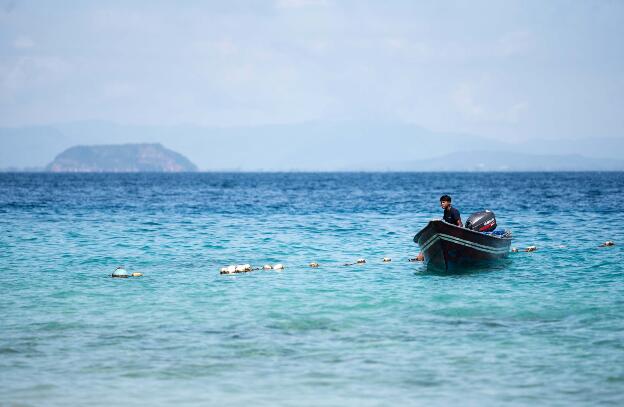
- Snorkelling on Perhentian Islands: Thalassoma lunare
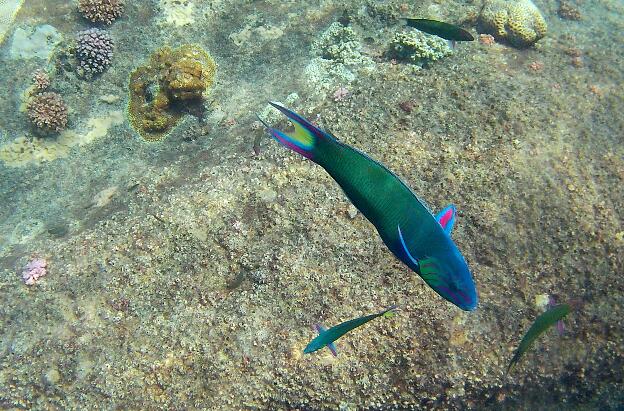
- Snorkelling on Perhentian Islands
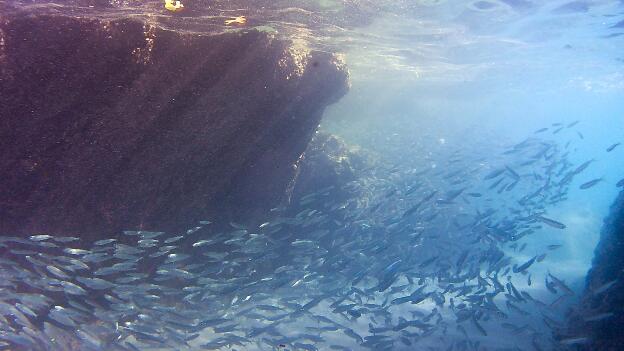
- Snorkelling on Perhentian Islands
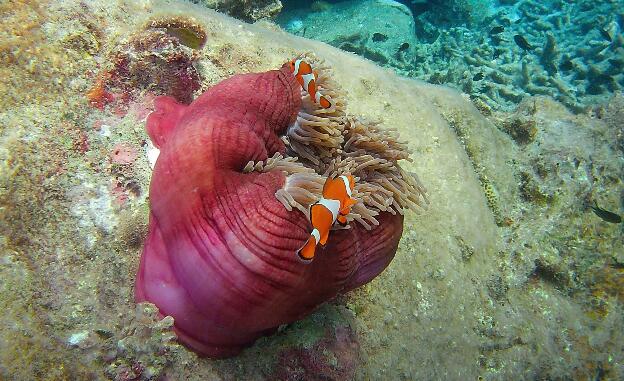
- Snorkelling on Perhentian Islands

- Snorkelling on Perhentian Islands
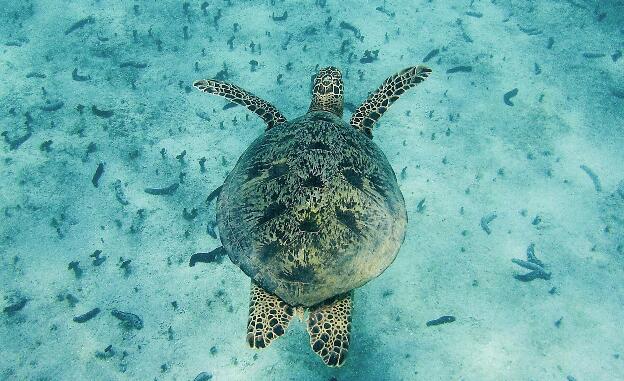
- Penang: Teong Leng Keong buddhist temple
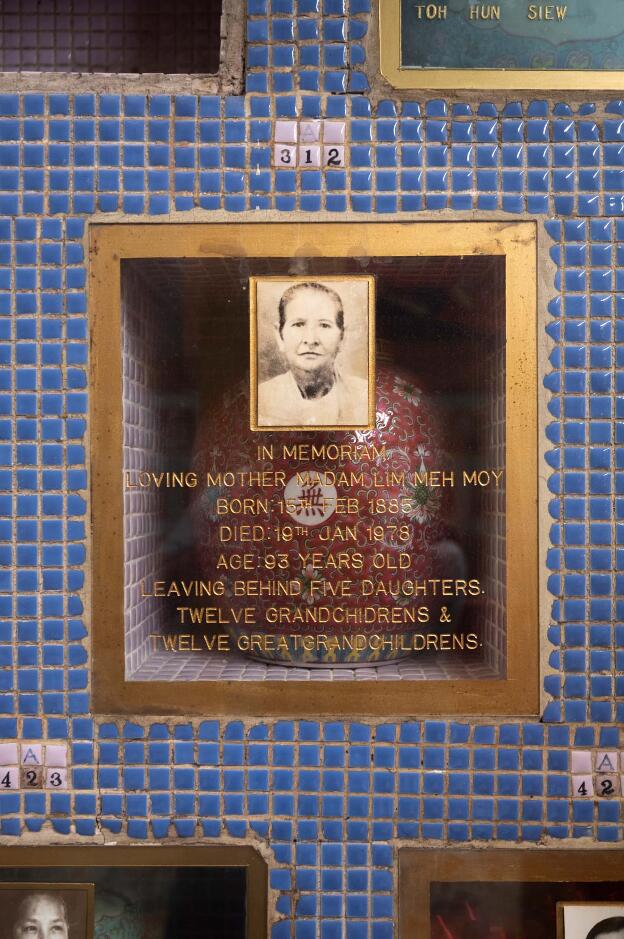
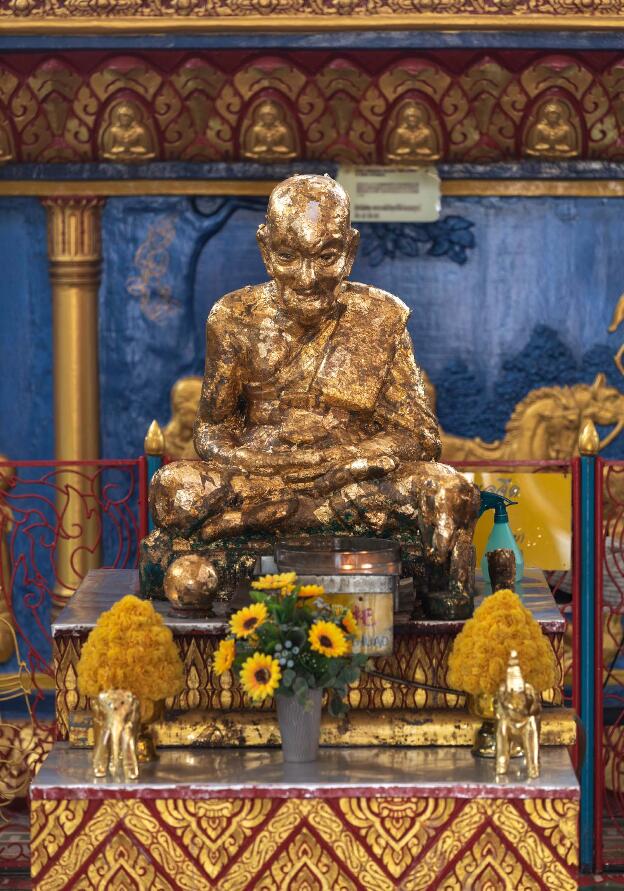
- Penang: Teong Leng Keong buddhist temple

- Penang: Dhammikarama Burmese Temple
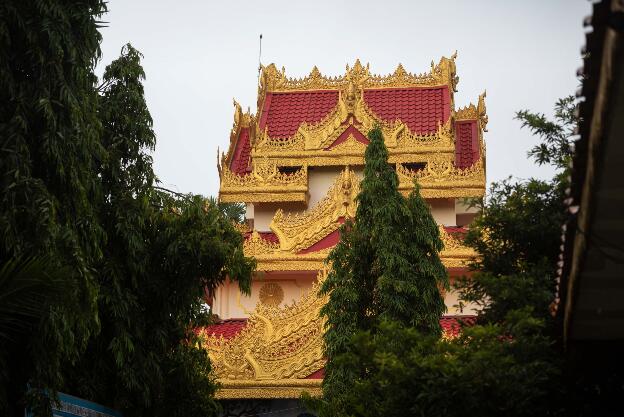
- Penang: Dhammikarama Burmese Temple
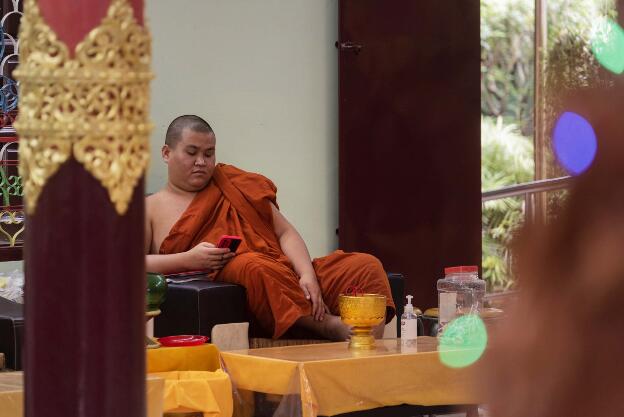
- Penang: Dhammikarama Burmese Temple
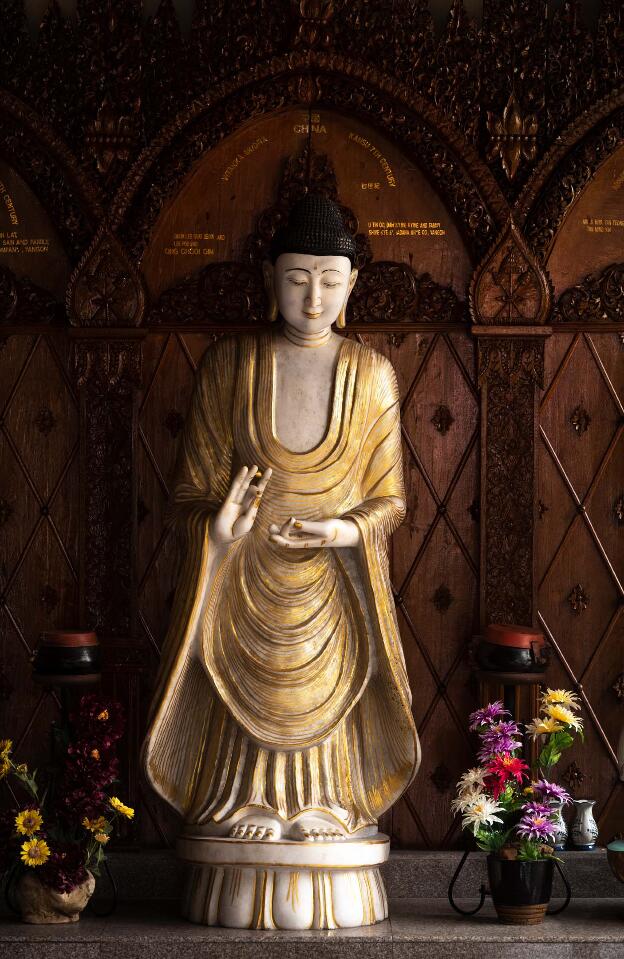
- Penang: Dhammikarama Burmese Temple
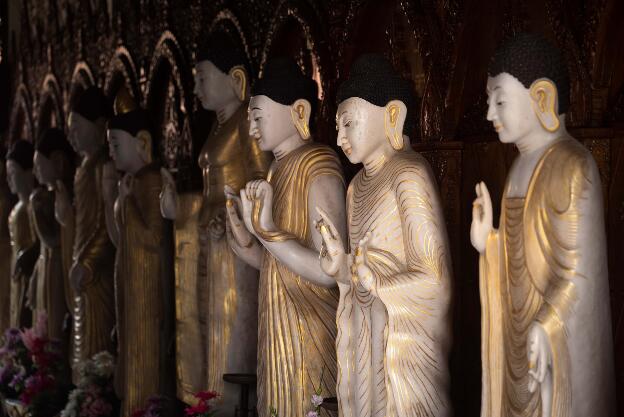
- Penang: Dhammikarama Burmese Temple
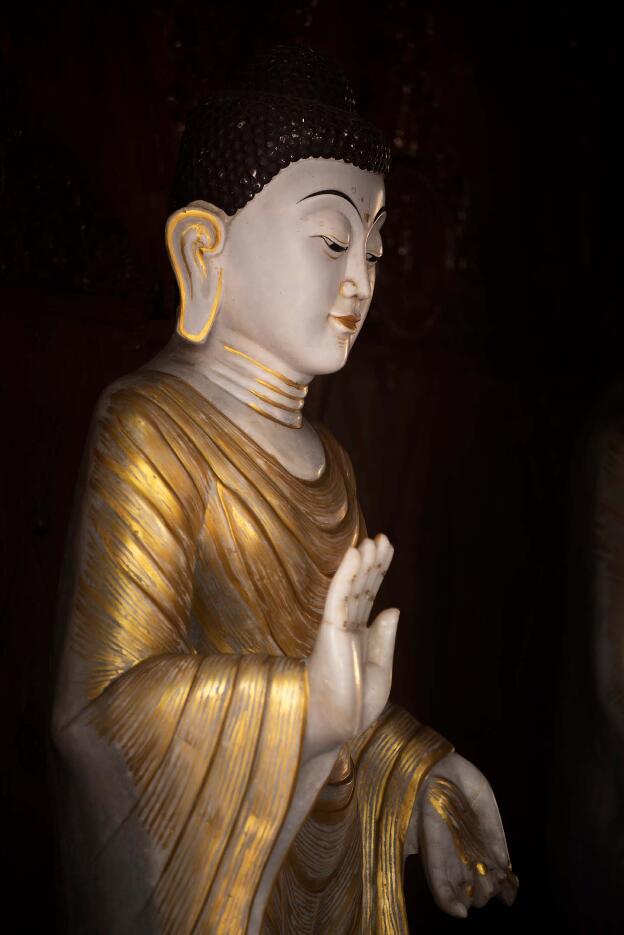
- Penang: Dhammikarama Burmese Temple
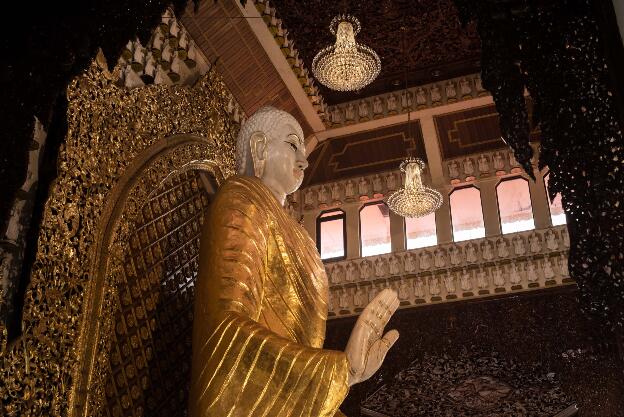
- Penang downtown mural
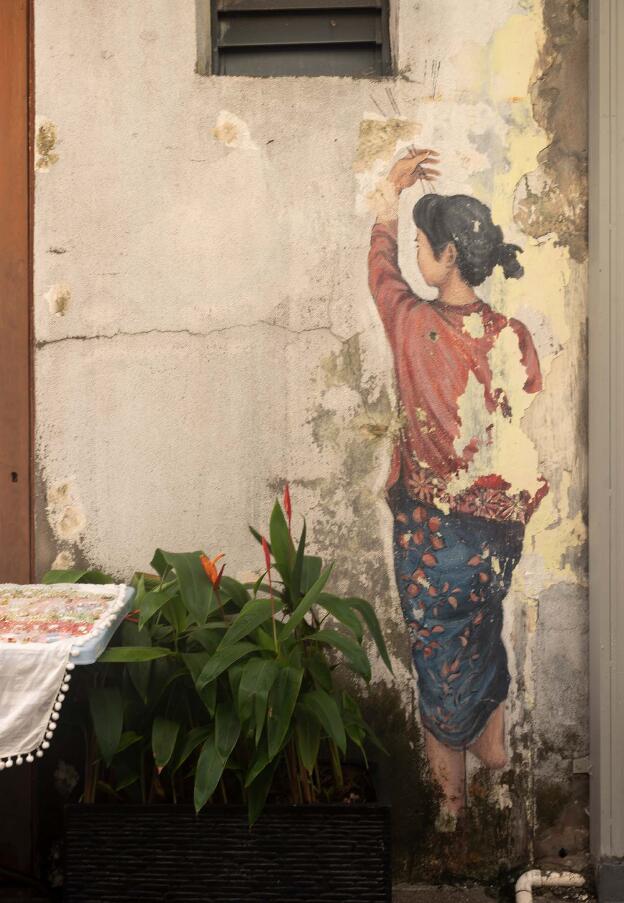
- Penang downtown mural
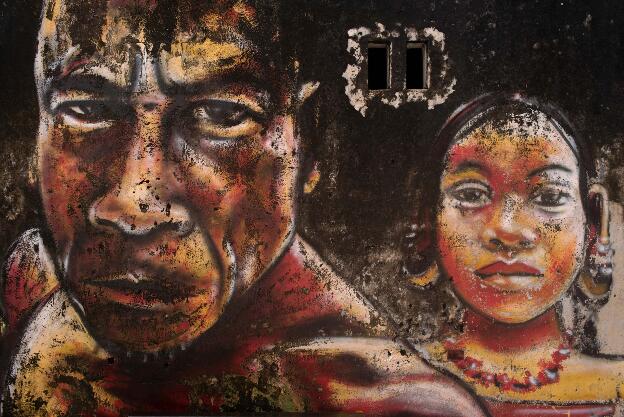
- Penang downtown mural
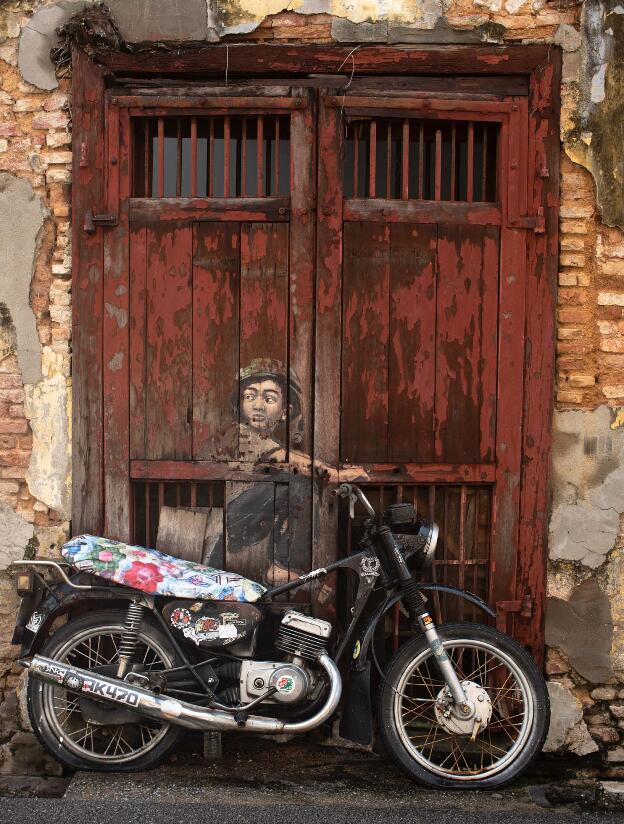
- Penang downtown mural
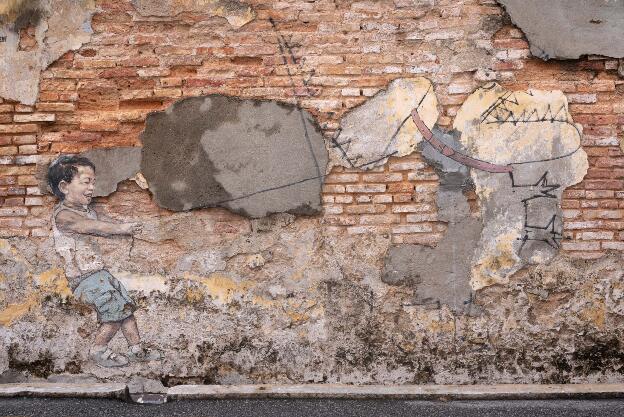
- Penang butcher
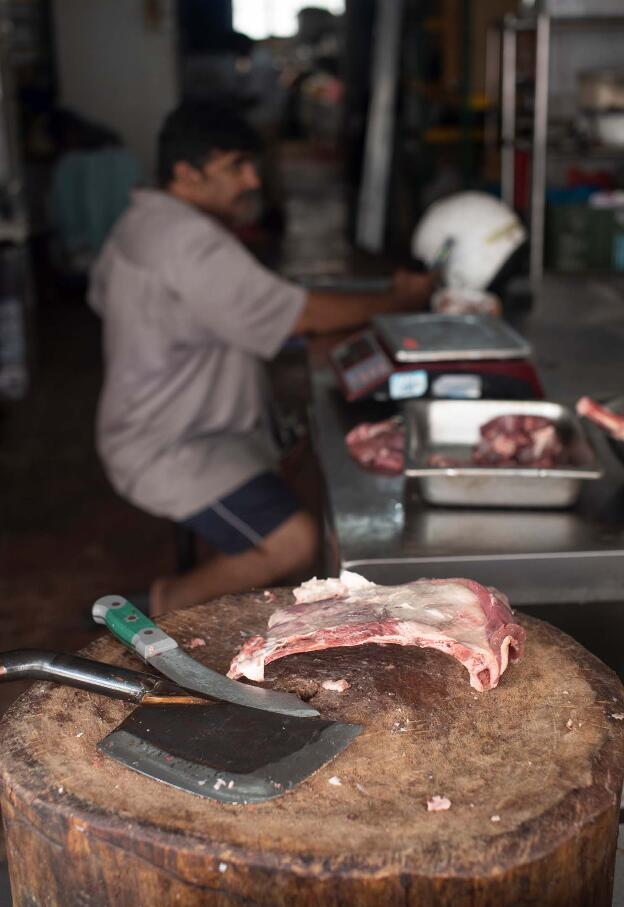
- Penang Peranakan Mansion
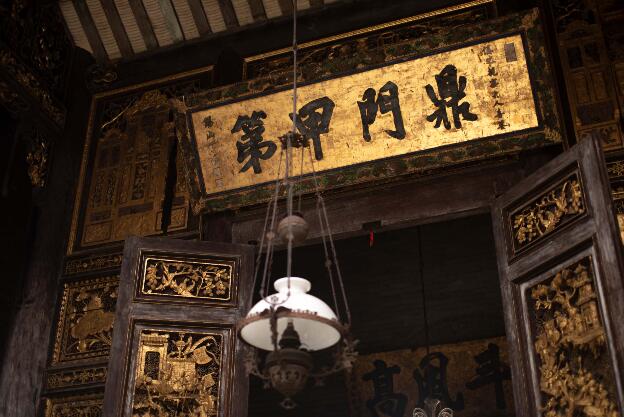
- Penang Peranakan Mansion
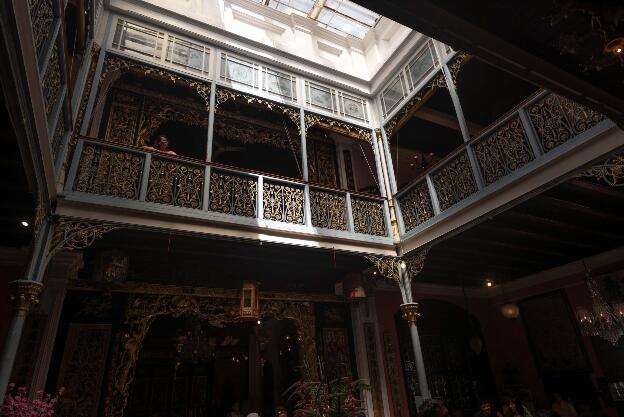
- Penang Peranakan Mansion
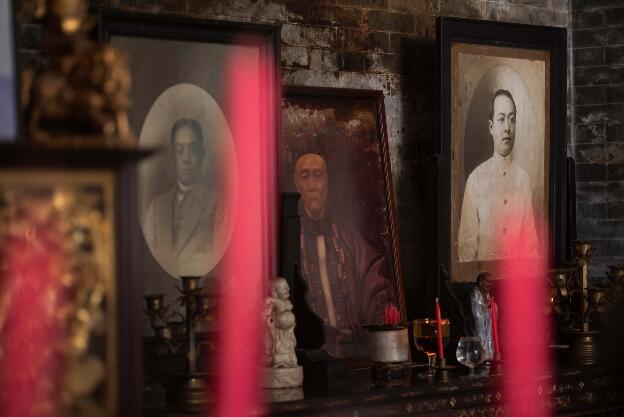
- Penang Peranakan Mansion
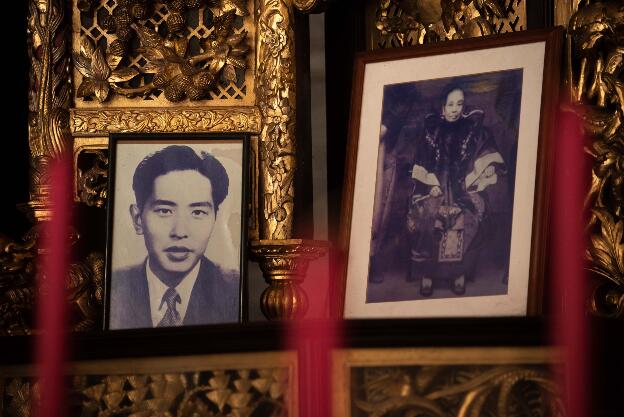
- Penang Peranakan Mansion
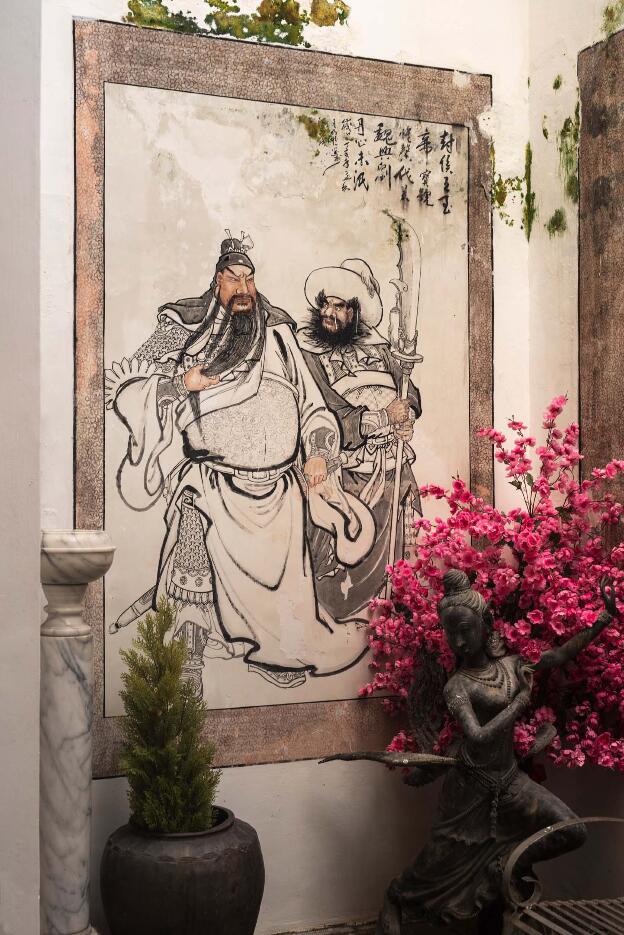
- Penang Peranakan Mansion
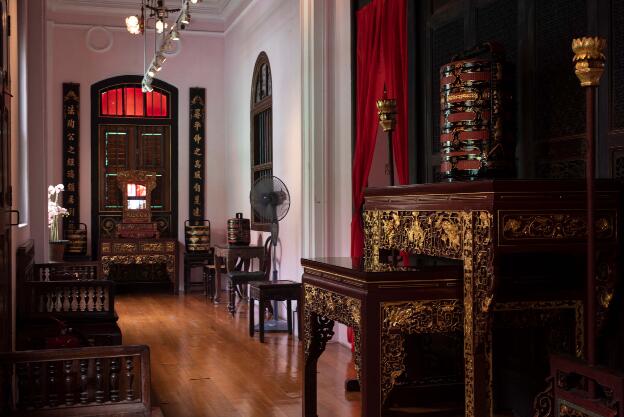
- Penang Peranakan Mansion: Wedding gift box
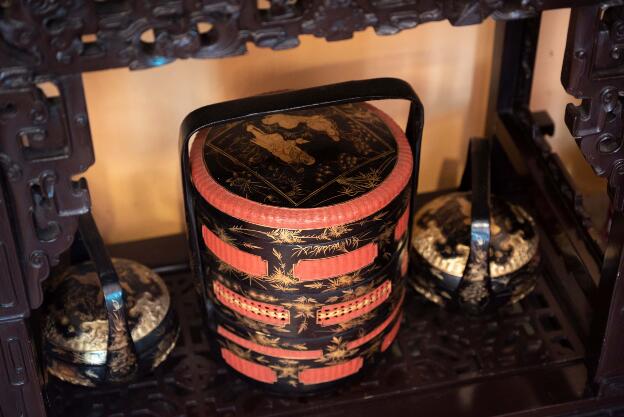
- Penang Peranakan Mansion
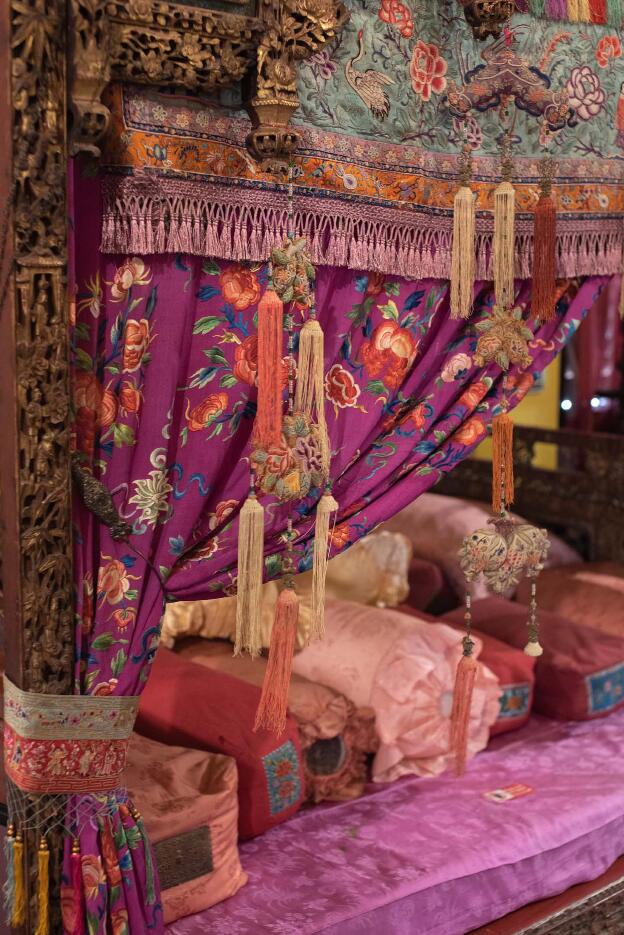
- Penang Peranakan Mansion: Discussion chairs
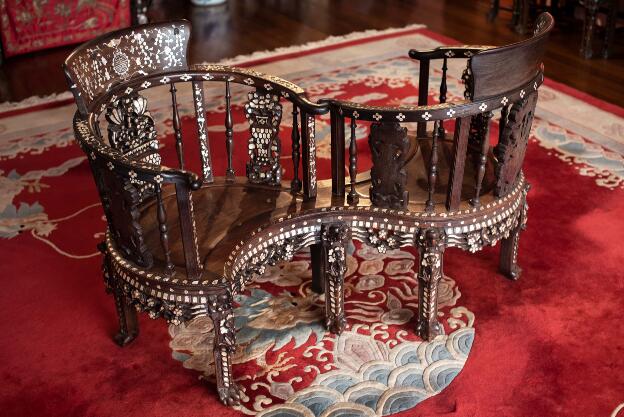
- Penang Peranakan Mansion
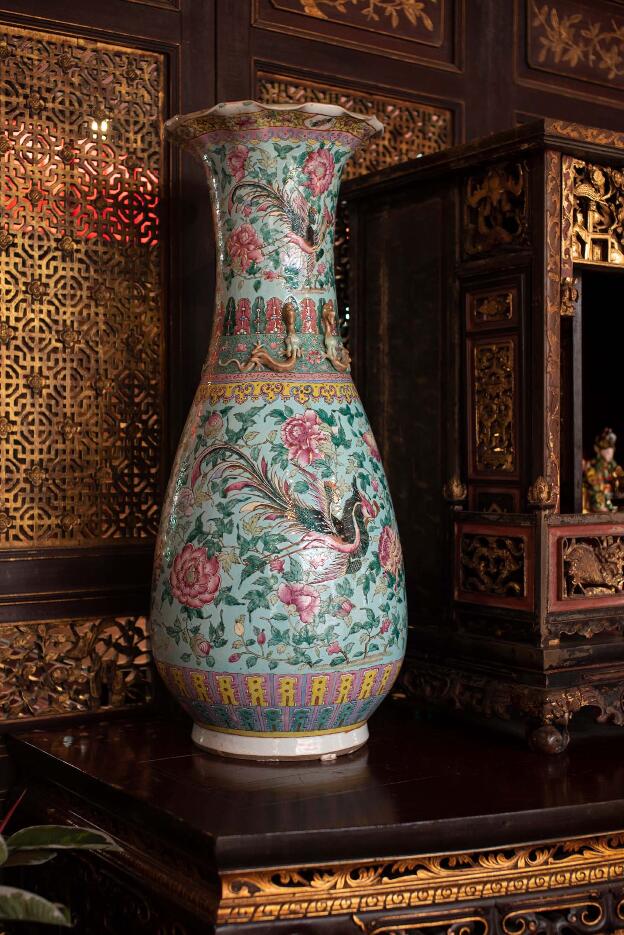
- Penang Peranakan Mansion
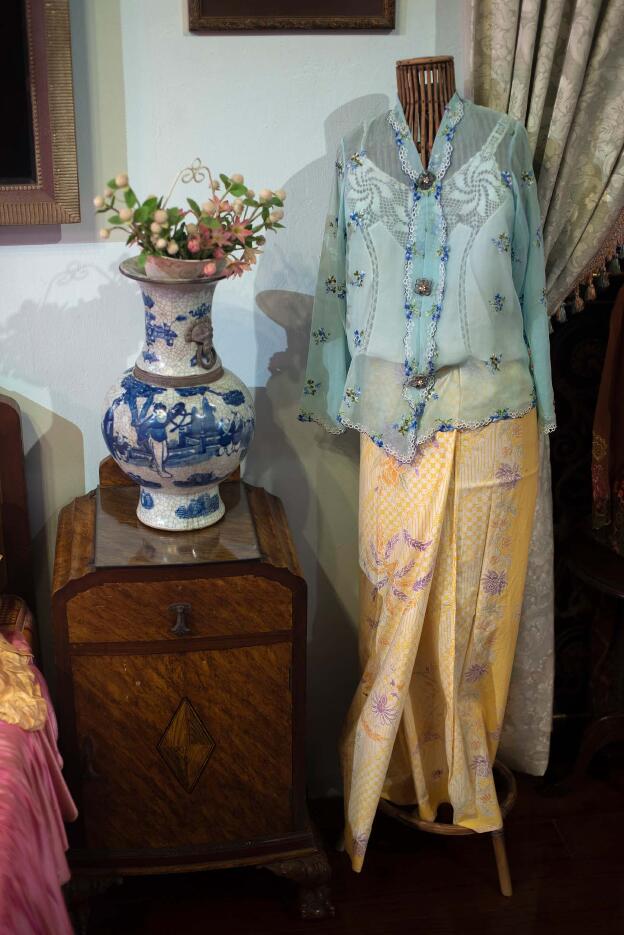
- Penang Peranakan Mansion: Head ornament made from bird feathers (see close-up next image)
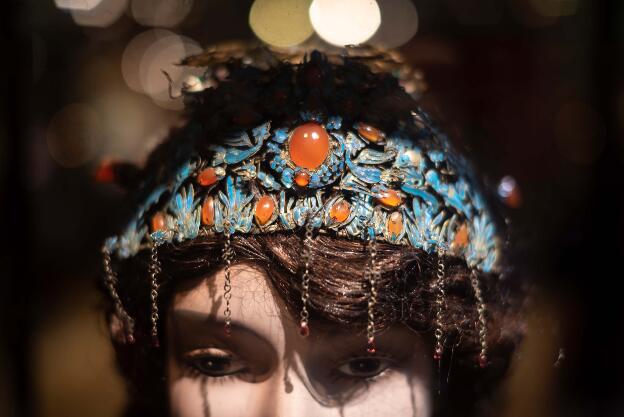
- Penang Peranakan Mansion: Close-up of head ornament made from bird feathers
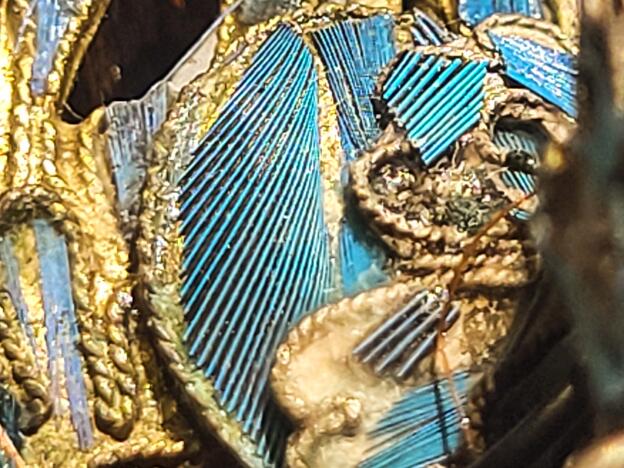
- Penang Peranakan Mansion: This bird's feathers are used for the head ornament (previous photos)
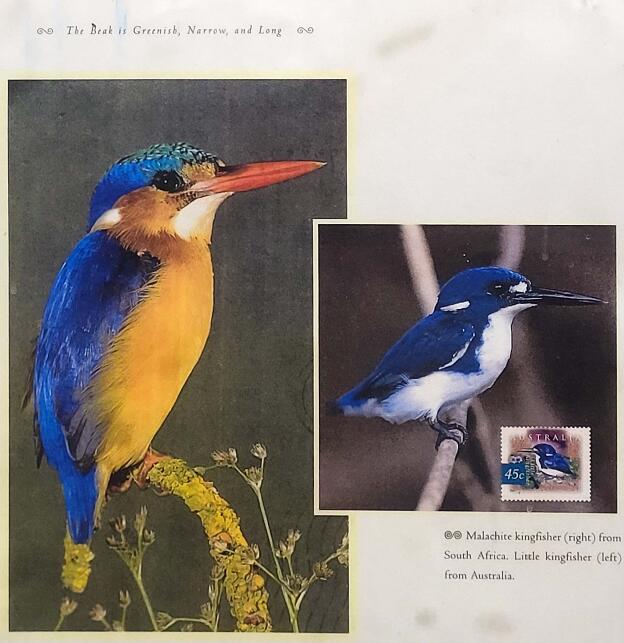
- Penang Peranakan Mansion
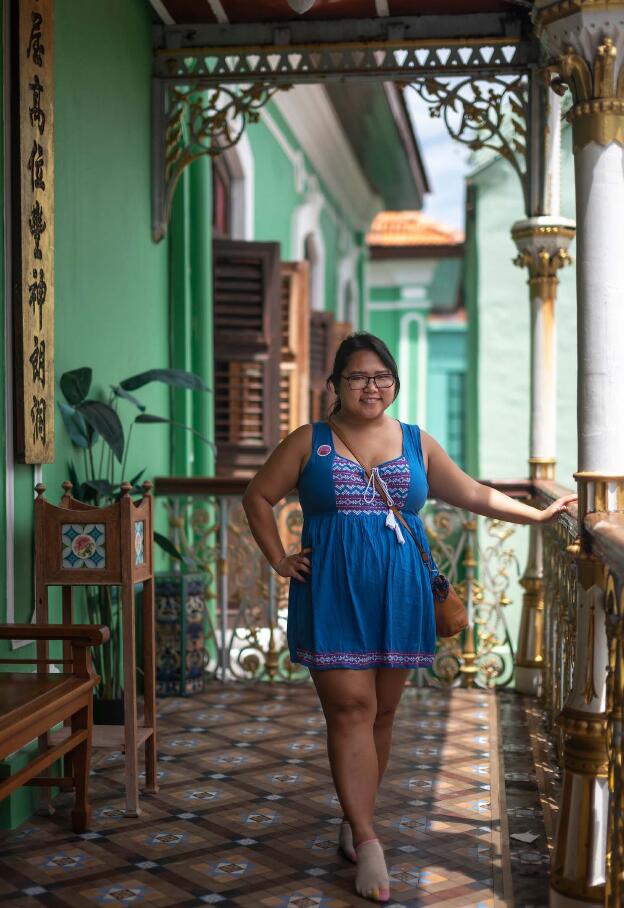
- Penang: Curtain shop
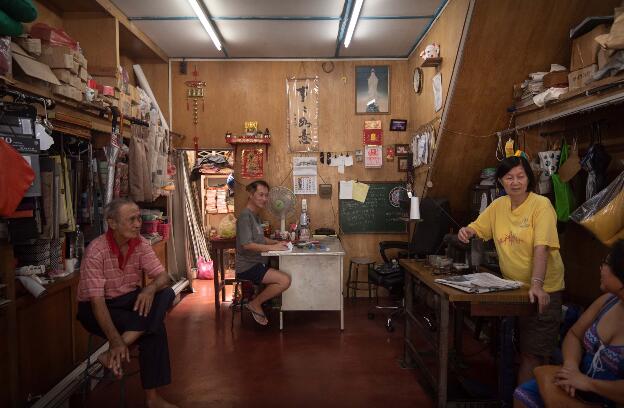
- Penang
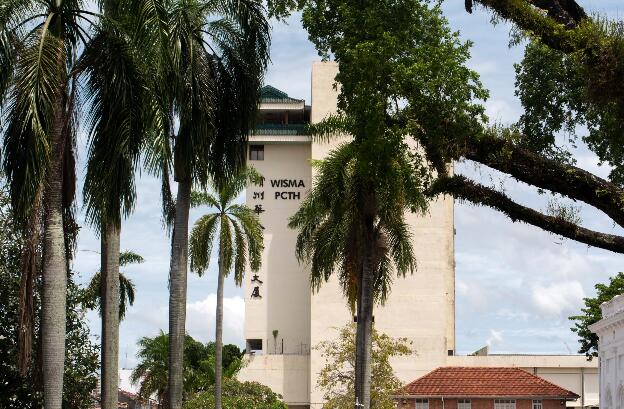
- Penang
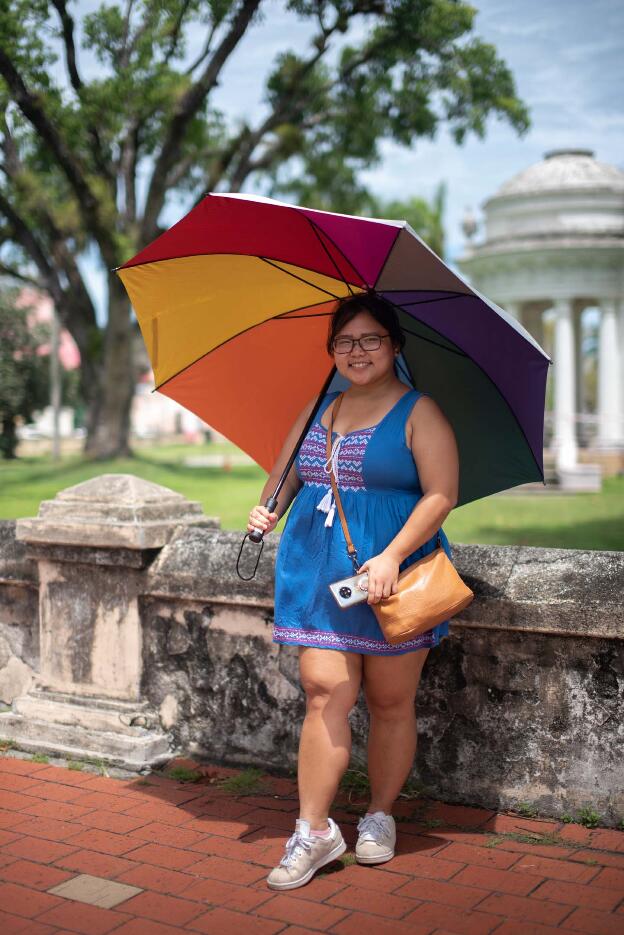
- Penang: Blue Mansion
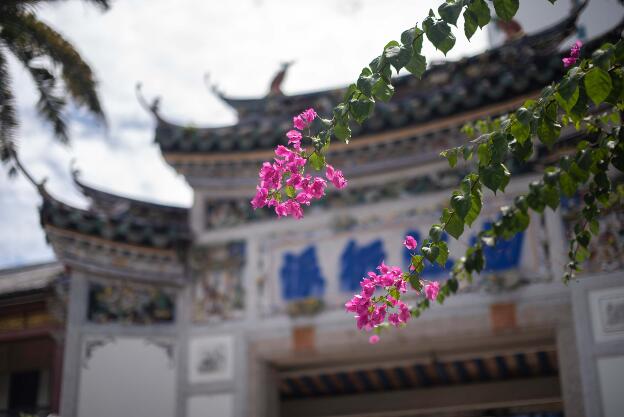
- Penang: Blue Mansion
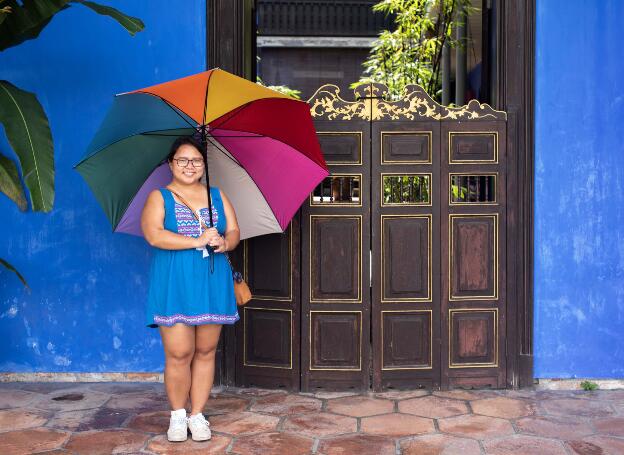
- Penang: Blue Mansion
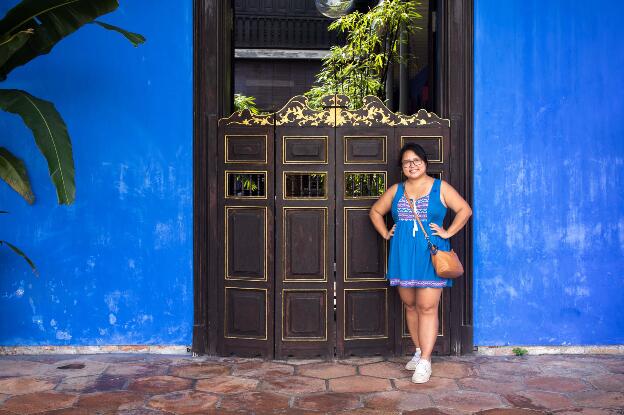
- Penang: Blue Mansion

- Penang: Jetty clans
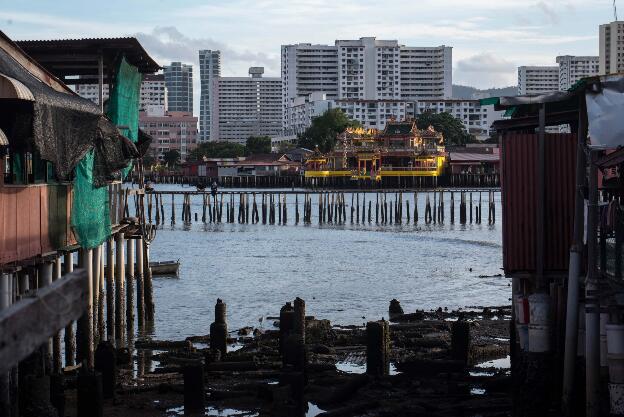
- Penang: Jetty
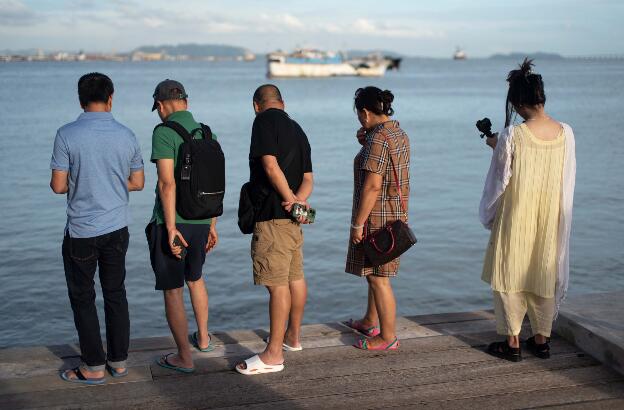
- Penang: Cendol shop
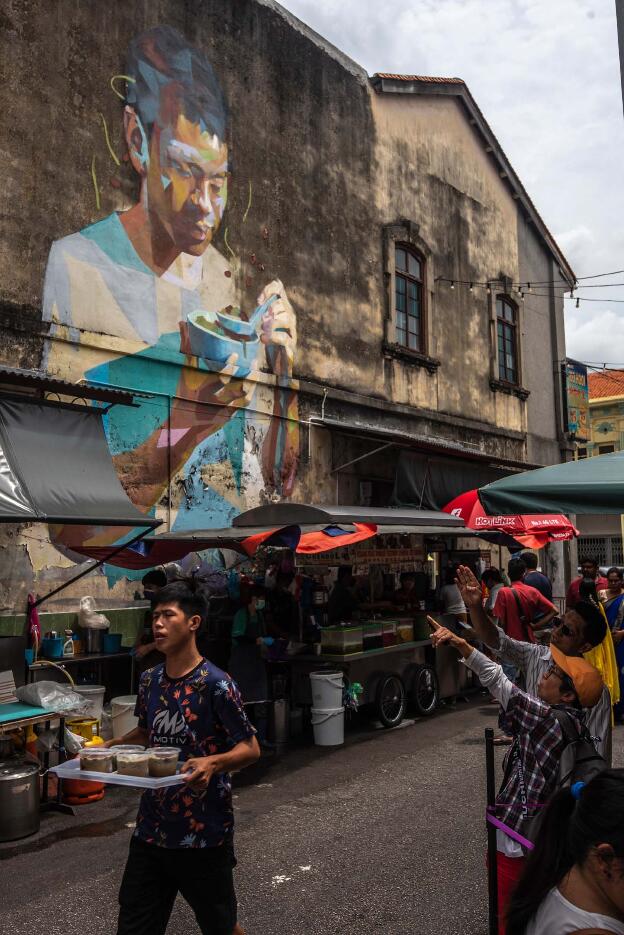
- Penang: Cendol shop
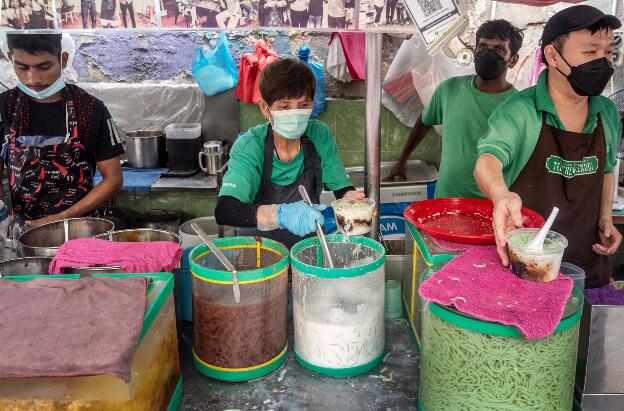
- Penang downtown murals
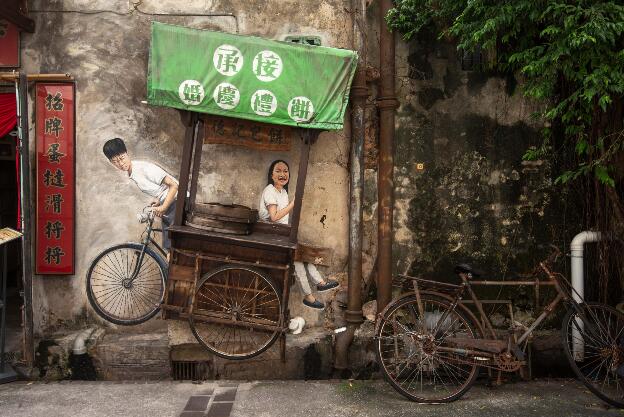
- Penang downtown street
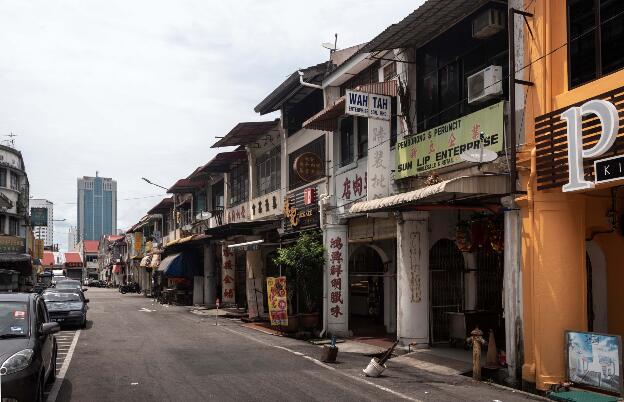
- Penang Chinese drugstore
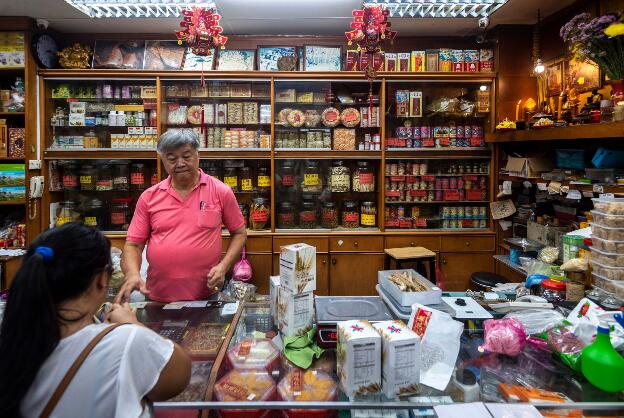
- Penang downtown street
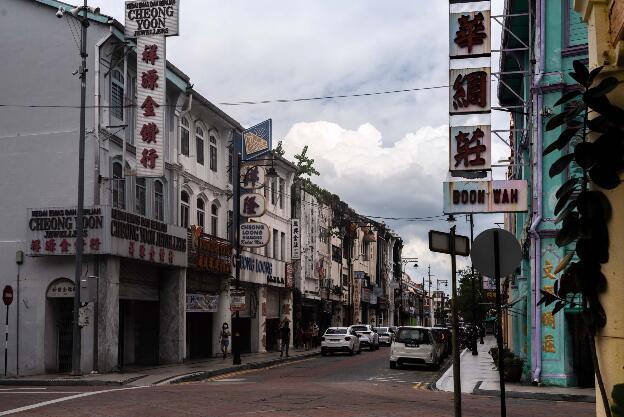
- Penang restaurant
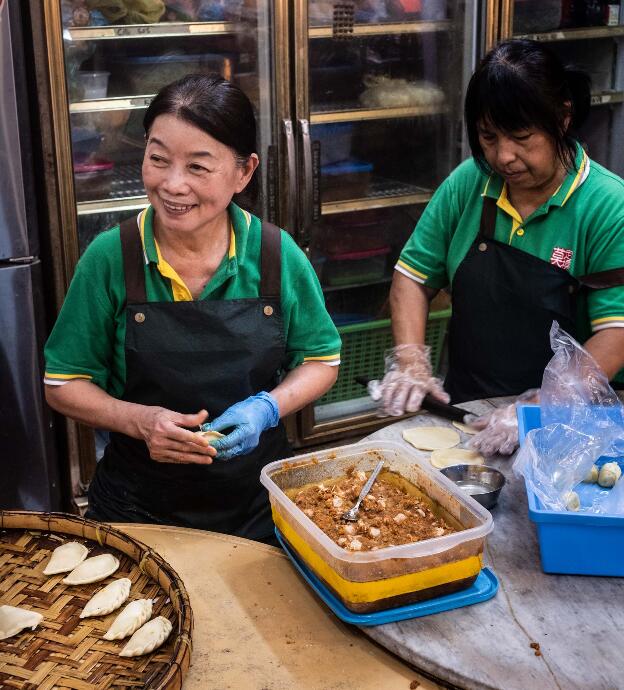
- Penang downtown street

- Penang downtown street
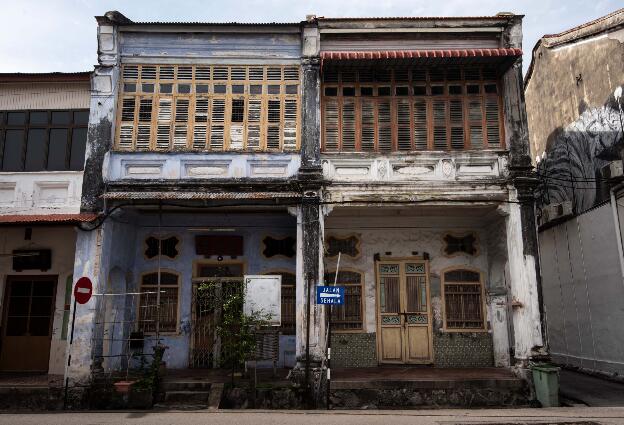
- Penang downtown mural
